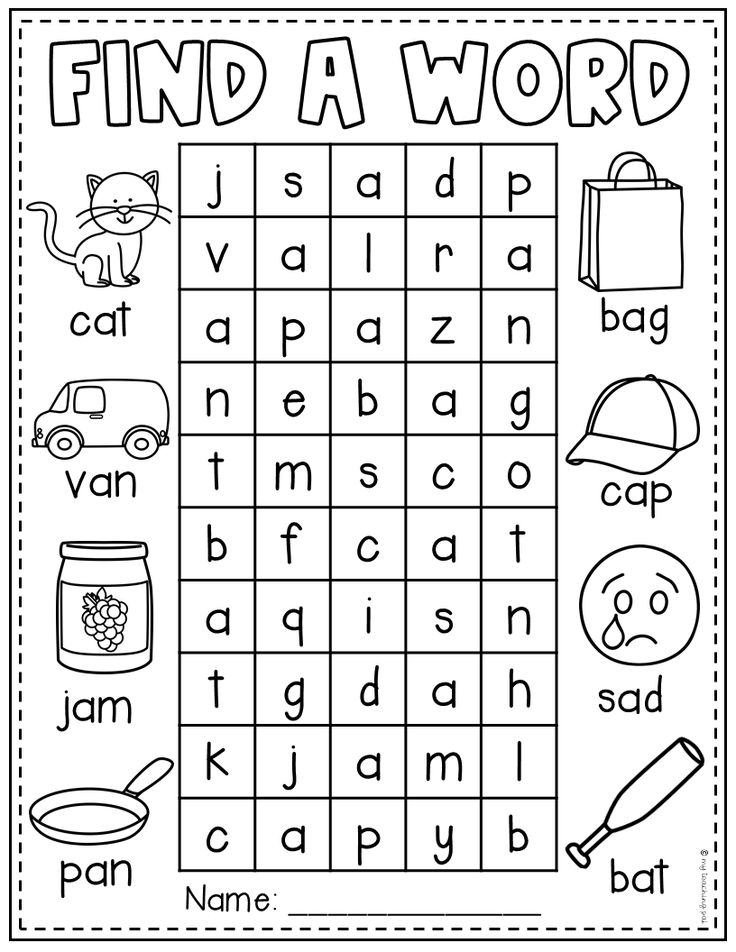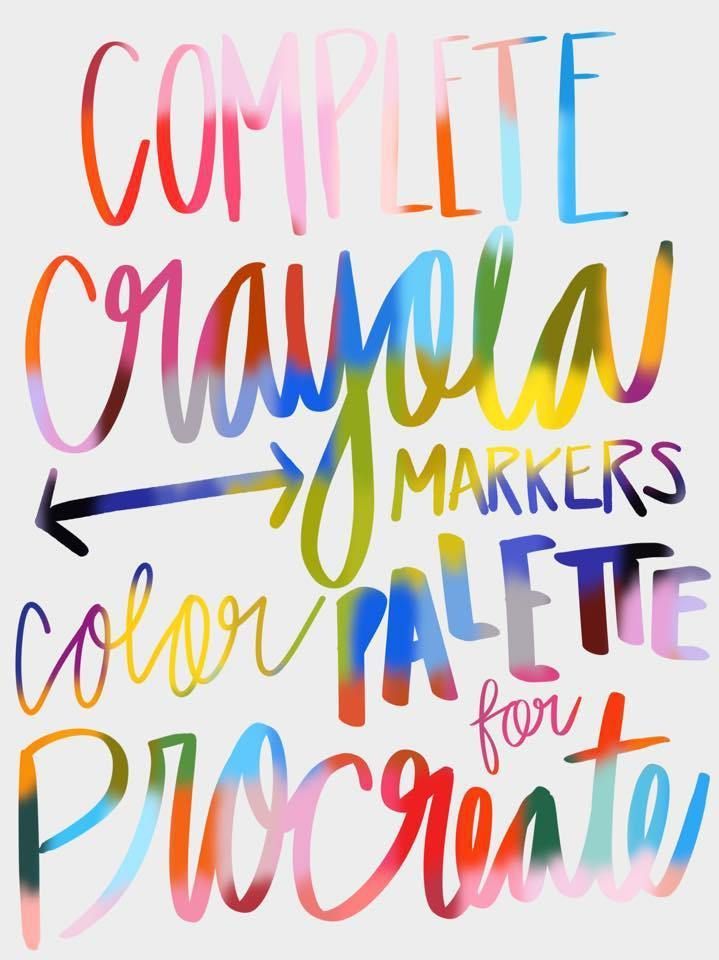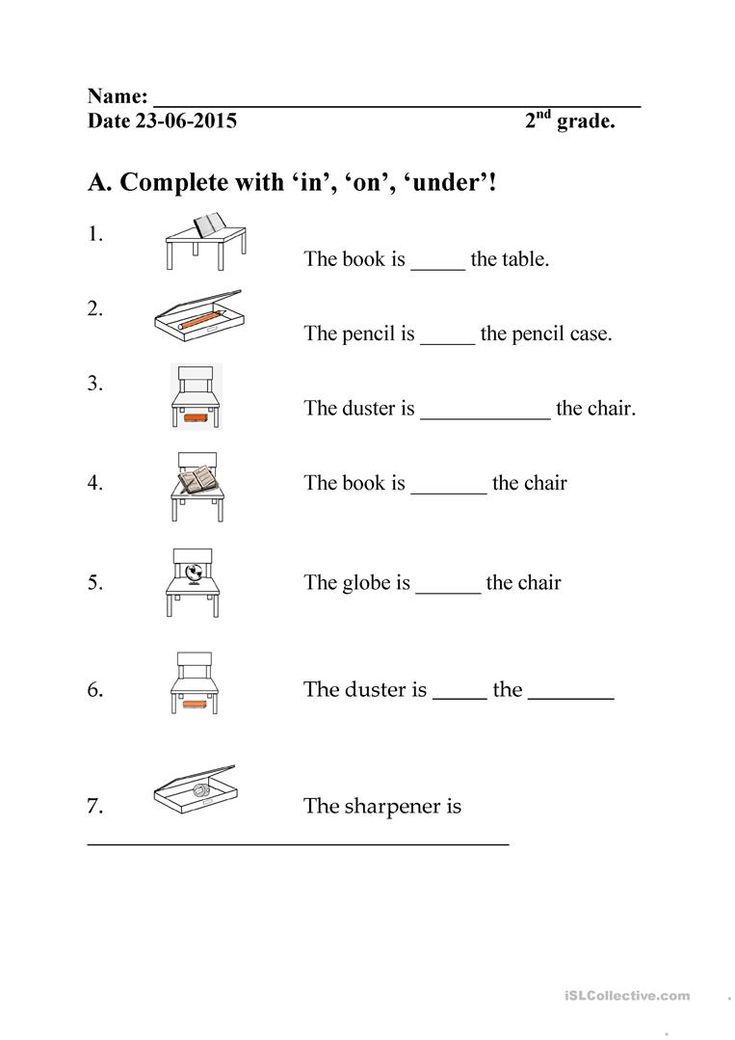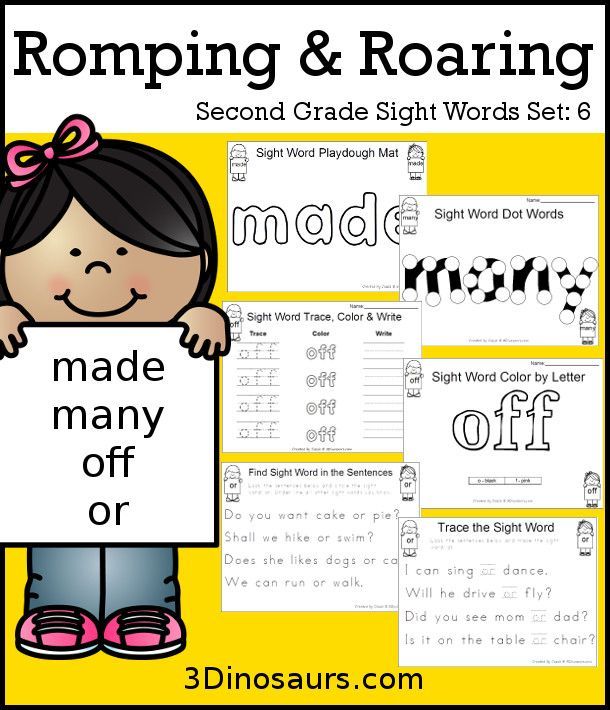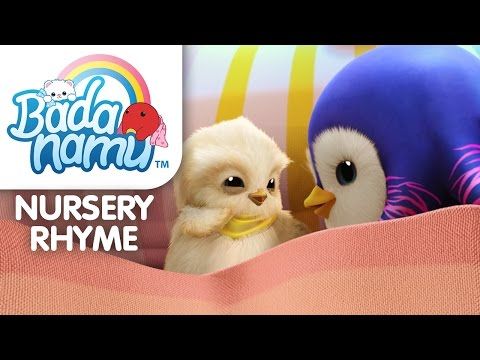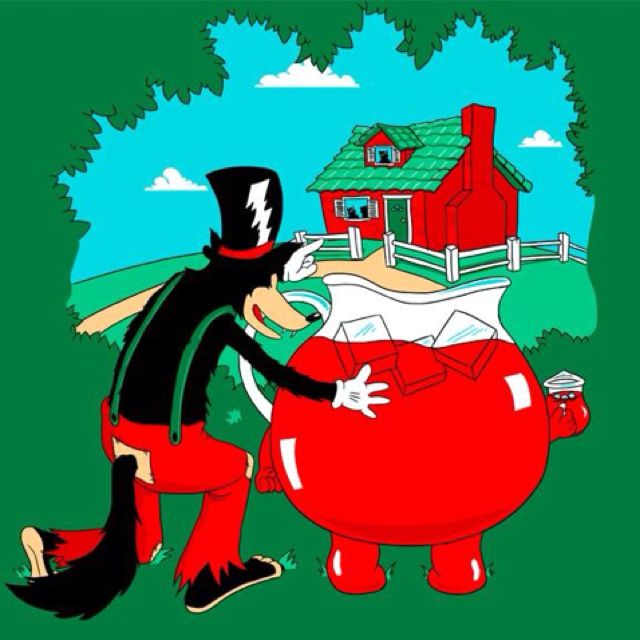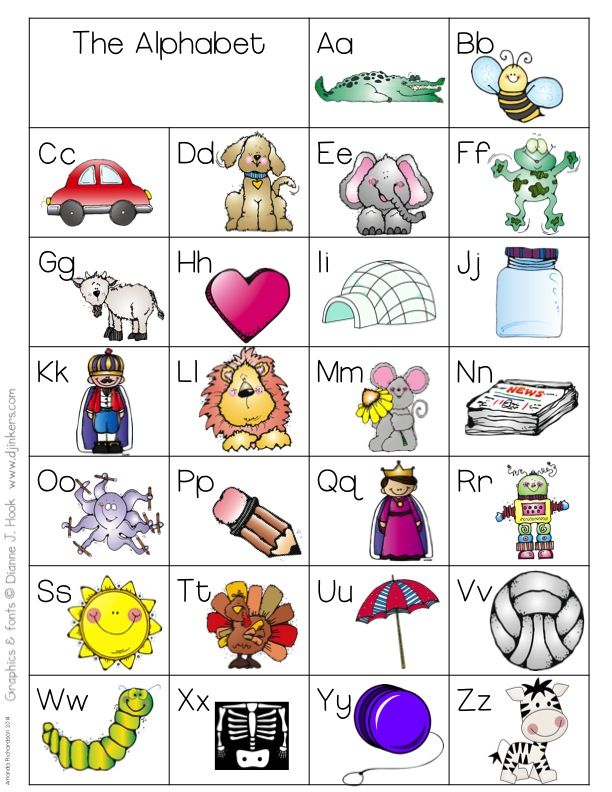Reading levels for kids books
|
Click on Shop Hoagies' Page before you visit your favorite on-line stores including Amazon and many more of your favorite stores. Thanks for making Hoagies' Gifted community possible!
Donations Support Hoagies' Page!
|
by Carolyn K., director, Hoagies' Gifted Education Page
"Where can I get information that would tell me the generally accepted
'grade level' for commonly-read elementary school books?" This question is
often asked, and the answers can be confusing. The easiest way to find the reading level of a children's paperback book is to turn it over. Many books include the reading level, in various forms. Some books might say RL3 for reading level 3, or RL:5.9 for reading level 5.9. Less specific designations might say 007-009 for ages 7 to 9, or 0812 for ages 8 to 12. These publishers designations are confusing, particularly when you pick up one copy of a Roald Dahl book in the bookstore and see it designated as 0812, and pick up another version of the very same book and see it designated as 0712. And reading levels are generally only printed on the paperback versions of books. Some educational publishers suggested reading levels are notoriously high
(reading level indicated is higher than content, vocabulary and length would
indicate, or even higher than the same book in mass market publication), but you must
also consider the use of the book: in school, the students not only read the
books, but study content, discuss grammar and style, plot construction, and lots
of other aspects of the book. Details on a few of the most popular means for determining "reading level":
While you're checking out reading levels, check out Hoagies' Page Reading Lists and Hoagies' Hot Topics! , a different sort of reading list, by topic first, and reading level second - you'll love it! Rigby provides a
Leveling
Guide and
Comparison Leveling Chart (requires Adobe Reader). Many schools use the Accelerated Reader Program (A.R.) from Renaissance Learning. Even if your school doesn't use the program, you can find their estimate of the reading level of many of the books in their program. By using their Advanced Search, you can find their estimate of the grade level of books, by title, by author, or by Accelerated Reader quiz number. Renaissance Learning also offer STAR Reading software, which tests the child's reading level in 15 minutes by requiring student to complete "cloze" sentences. Renaissance
Learning developed the ATOS (Advantage-TASA Open Standard) Readability Formula
for Books, that the A.R. program uses to evaluate books. For much more,
read The ATOS Readabiltiy
Formula for Books and How it Compares to Other Formulas. Note: A.R. reading levels have been recently changed; many books, both easier and harder, now appear around grade level 4 and 5, from Amelia Bedelia to Harry Potter to Charlie and the Chocolate Factory to the Redwall series; the points awarded for the book vary dramatically based on length and difficulty. For a list of A.R. books for grades K-12, visit the AR BookFinder. For more on the controversy of AR programs, read Does Accelerated Reader Work? The (Lack of ) Experimental Evidence Supporting the Use of Accelerated Reader by Stephen D Krashen. Krashen points out...
Some school libraries use the Fry Readability Graph, now available from from Wikipedia, to determine age level for their books. For a free online version, visit California State University's Online Fry Graph tool. The Fry Readability Graph site includes instructions; basically you pick a
random 100-word section of prose (not dialogue) from the book, and count the
words. Take that 100-word section and count the number of sentences (using
approximations for incomplete sentences, for instance if the sentence had 10
words, and you could only include the first 5 in your 100 words, then add .5
sentences to your total). Take the same 100-word section and count the number of
syllables therein. While this sounds quite accurate, it doesn't account at all for content - some of the titles may be rated quite low, but contain details (horror, adolescent content) that you definitely don't want your 7-9 year old reading. Note, too, that the Fry scale wasn't intended for, and doesn't work well on fiction, rating fictional works notoriously low. Fry was originally designed to rate texts and nonfiction works. If you use the scale to rate magazine and newspaper articles it is remarkably accurate. There are other readability scales. The Dale-Chall and Spache readability
tests look primarily at vocabulary. They compare the text to a list of standard
vocabulary words and calculate the percentage of words that are not on that list
to determine readability. Using these scales, a text with fairly simple to
decode but uncommon words might give a false high readability. The FOG Readability Formula, and Fry and Flesch also count sentence length and syllables. Short complex sentences with unusual short words would not boost readability. There is also the DRP scale (Degrees of Reading Power) which attempts to figure readability and comprehendability. This is important because it is possible to write in way that uses common, short words in short sentences but still produces text that is difficult to read. "With his hat in hand, the man ran. Upon the step he lit." Easy to "read", more difficult to understand. Another reading
level scale is the Lexile Level.
Using the "Search" function on this site, you can determine the Lexile
level for various books. Lexile Measure is a number
indicating the reading demand of the text in terms of the semantic difficulty
(vocabulary) and syntactic complexity (sentence length). The Lexile scale
ranges from 200 to 1700 Lexiles, although actual Lexile measures can range from
below zero to above 2000 Lexiles. The SMOG (also called FOG) Readability Formula can be easily calculated for any book:
For a quick conversion table for SMOG Readability Formula, and additional
rules for calculating the SMOG for shorter texts, including pamphlets, visit
Assessing Reading Level. To further confuse the issue of reading levels, when my child was professionally tested her oral reading level was reported at grade level 4.6, but her comprehension (after silent reading) was at grade level 6.6. Seems that she can't pronounce the words, but understands them and/or figures out their meaning from context. This has happened in other school-based reading achievement tests she has taken. Professionals may tell you this is impossible, but her comprehension in silent reading is grades higher than she can read out loud! Probably the easiest ways to determine if a book is at an appropriate reading
level for your child is the 'five finger rule.' Have the child begin reading a
chapter, and put down one finger each time he struggles with a word. If he
reaches the end of the page before you get to five fingers, the book is written
at a comfortable level for independent reading. That's what I like - an easy to use method that is hard to forget. Schonell Reading Test On-line reading level test, complete with instructions for the tester. But be aware that this tests only the level of words that your child can sound out, not his or her comprehension level. Some schools use the Basic Reading Inventory, previously known as the Jerry L. Johns Reading Inventory to evaluate a student's reading level. This is an informal evaluation, based on the child's responses to short interesting reading passages at each grade level.
Fountas
& Pinnell Benchmark Assessment System (BAS) /
The Continuum of
Literacy Learning Schools may choose to subscribe to the F&P Text Level Gradient containing 46,282 books submitted by over 300 publishers. Learn more at Fountas & Pinnell Leveled Books. The Reading
Recovery Council of North America Reading Recovery is a highly effective
short-term intervention of one-on-one tutoring for low-achieving first graders.
Reading recovery levels apply only to emergent and beginning readers. Developmental Reading Assessment (DRA) levels are determined by giving a K-8 assessment (Pearson). Determines independent reading level and instructional path...
Qualitative Reading Inventory - 4, 4th Edition is a book-based teacher-given assessment of reading level, for students from K through high school. "Comprehensive inventory focuses assessment on specific questions regarding word identification, fluency, and comprehension..."
Flesch-Kincaid Index of a text passage results in a Literacy Level (LL) score. Flesch-Kincaid is a specific numeric calculation:
Edit
Central's Style & Diction evaluation offers six of the most common measures
for a passage of text that you type (or cut-and-paste) in, including Flesch
reading ease, Automated readability, Flesch-Kincaid grade-level, and
Coleman-Liau, Gunning and FOG indices. Enough already! No wonder we're all confused about reading levels!
|
How To Identify Your Children's Reading Levels + Which Books to Read
Want to know how to get your kids excited about reading? It starts with choosing appropriate books for their level. Here’s what you need to know about how to identify reading levels for kids!
How to Identify a Child’s Reading Level & Which Books Are Best for Each Reading LevelAre you looking for someone to explain reading levels in plain English?
Like, how you identify your child’s reading level and what they mean from the schools?
Some systems grade with numbers, while others are letters and scores.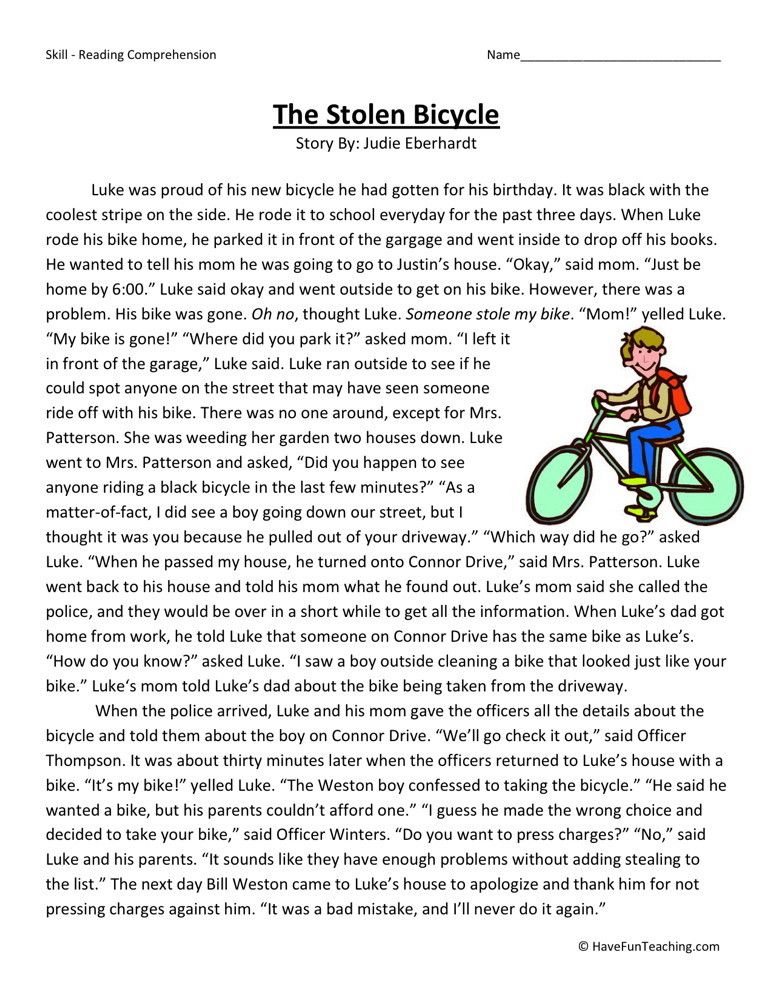 It’s no wonder it’s confusing.
It’s no wonder it’s confusing.
I struggled with this too. I wanted to get my kids books that they could easily read but I didn’t understand what the levels meant and how to choose a book based on those. After lots of research and trial and error, I’ve finally cracked the code(s).
I’m here to answer all your questions so you can feel confident in understanding your child’s reading abilities and can continue to help them grow as readers.
By the time you are done reading this you will understand:
- What leveled reading is and why it’s used
- The 4 major reading level systems
- How you can identify your children’s reading levels
- What level your child should be at based on their age and grade
- And how to help them choose an appropriately leveled book that nurtures their love of reading
Let’s demystify these systems and help you gain confidence in helping your child improve their reading skills.
What is leveled reading and why is it used?
Reading is a skill that is developed over time.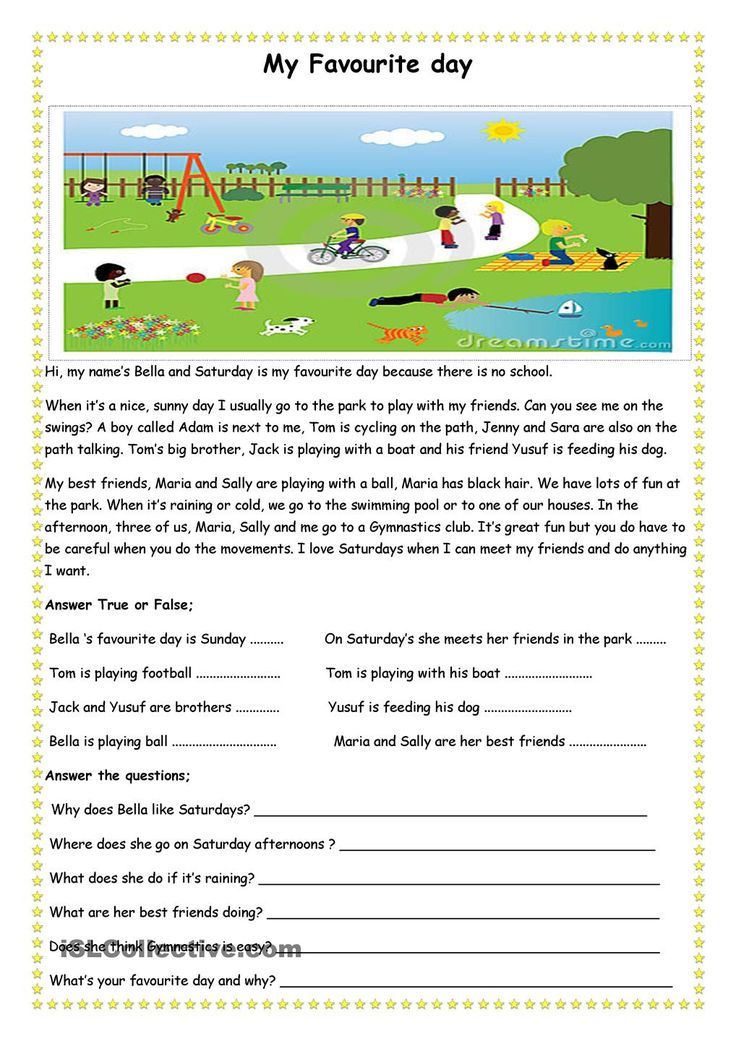 As your child is learning to read they need reading material that they can decode to help gain confidence in their reading skills.
As your child is learning to read they need reading material that they can decode to help gain confidence in their reading skills.
This is where leveled reading comes into play. Leveled reading breaks down how difficult a particular book is and where a child’s reading ability is. This way they are given books and individualized reading instruction that help them become better readers.
While reading levels can indicate if a child is below grade level, on grade level, or above grade level, the most important job these levels provide is to help a teacher develop a good strategy and plan to improve that child’s reading skills.
I think the biggest takeaway is that your child’s reading level does not determine their intelligence or even how successful they will be in school. Instead, reading levels help teachers and homeschooling parents determine the best strategies to help your child succeed.
How to Identify Your Children’s Reading Levels
Most children who attend school sit down one on one with their teacher multiple times a year so that the teacher can identify your child’s reading level.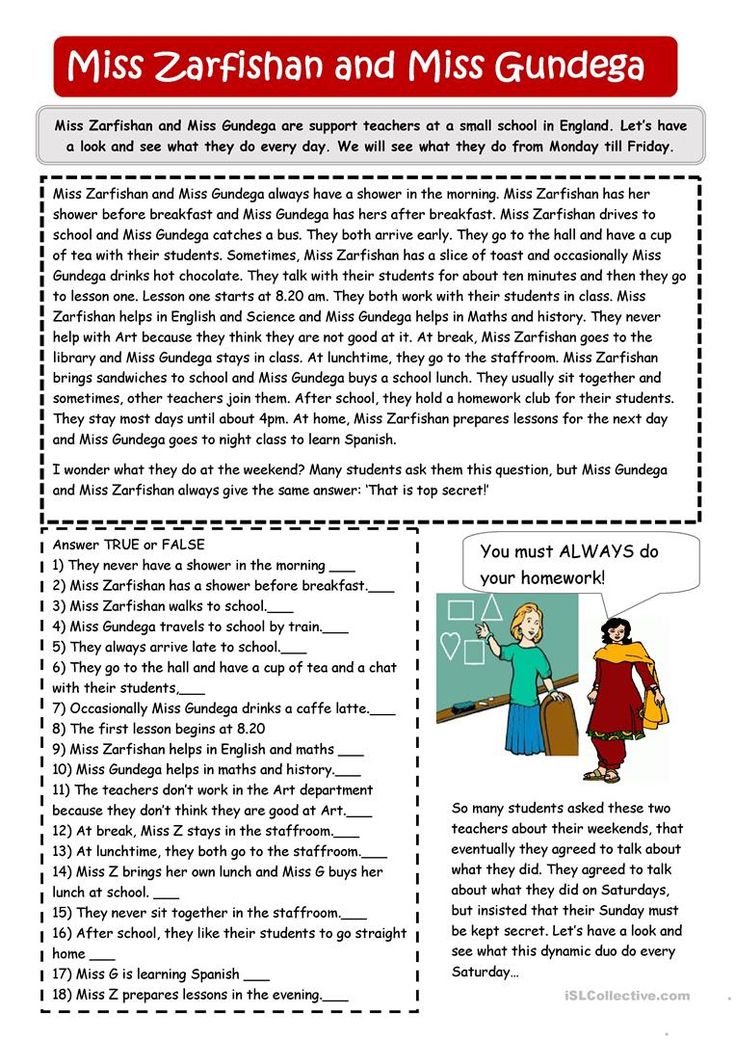 The teacher has the child read books from gradually increasing reading levels.
The teacher has the child read books from gradually increasing reading levels.
While the child is reading, the teacher takes into account how fluently and accurately the child reads, as well as their comprehension level.
To put it another way:
- Fluency means the child reads the text without many mistakes and can read it fluidly.
- Comprehension is how much the child is understanding from what they are reading.
A child who reads a book very fluently, without mistakes, can still not truly grasp what that book was about.
That lack of comprehension means that the book contains ideas, sentence structure, or vocabulary that is too difficult for them to understand and decipher. They would do better and enjoy reading more at a lower reading level.
How can you identify your child’s reading level at home?
Some websites advise parents to do an unofficial reading level assessment at home by making a running record.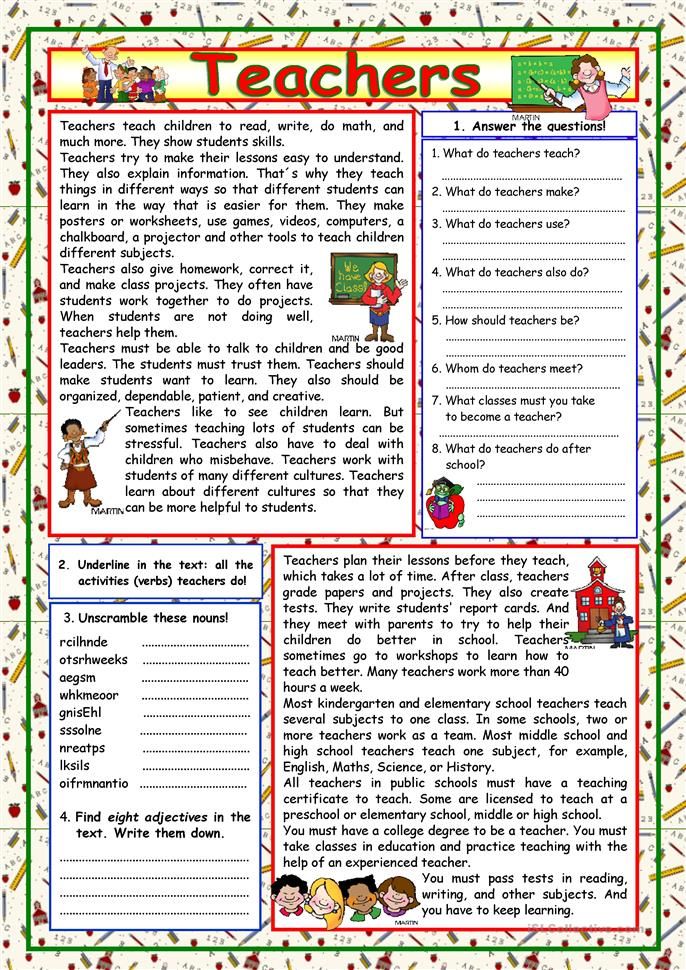 But I don’t think a running record is necessary at home. It’s overly complicated to just get an idea of your child’s reading skills.
But I don’t think a running record is necessary at home. It’s overly complicated to just get an idea of your child’s reading skills.
A running record is basically making a copy of the page that your child is going to read and mark down anywhere your child makes a mistake. A teacher would use this to identify particular reading struggles to give them a more complete picture of the child’s reading abilities.
Instead, what I suggest is choosing a variety of books that hover right around their level. Choose books that are slightly below what you perceive your child’s reading level to be. Also, pick out books on their level as well as one or two steps above their reading level. This way they have material they can easily master as well as books that will challenge them.
I found this really great list at Scholastic that outlines books based on Guided Reading Levels (I’ll get more in-depth about the different reading level systems in just a minute).
Here is a list of my favorite books to use to gauge and practice reading levels at home:
- A-C – Bob Beginner Books 1 (you can’t beat them),
- D-F – David Board Books (Level D), Go, Dog, Go (Level E and a classic we all may remember from our own childhood), Pete the Cat: Too Cool for School (Level F)
- G-I – Biscuit book series (Level G), Big Shark, Little Shark (Level I), Elephant & Piggie series by Mo Willems
- J-M – Fly Guy series (level J), Pinkalicious Series (level K), The Book with No Pictures (level L), The Day the Crayons Quit (level M)
- N-P – Stellaluna (level N), Nancy Clancy series (level O), Horton Hears a Who! (Level P)
- R-S – Shiloh (Level R), Matilda (Level S)
- T-V – How to Train your Dragon (Level T), Bud, Not Buddy (Level U), Holes (Level V)
- W-Y – Walk Two Moons (Level W), The Little Prince (Guided Level X), Echo (Level Y)
In the Bob Books, your child should read a couple of the books as they progressively get more challenging. In other early reader short books, your child can either read the entire book or read a few pages.
In other early reader short books, your child can either read the entire book or read a few pages.
For longer books, one page is usually enough to get an idea if your child is mastering fluency and comprehension.
To gauge fluency, keep a simple tally count of mistakes as they are reading and notice if they are able to read with inflection and emotion. I keep track of mistakes by putting a clipboard on my lap under the table and making a small dot for each mistake. I make sure to do this completely out of the view of my child. The reason is simple: I don’t want them shutting down or losing the joy of reading simply because they see me marking mistakes.
Remember, the goal is to build a love for reading!
To evaluate their comprehension, you should pre-read the selection you are giving your child and have some ideas of a few questions you can ask them once they finish reading the selection.
When they get to a point that they are challenged but still comprehending with good fluency, you have found their approximate reading level.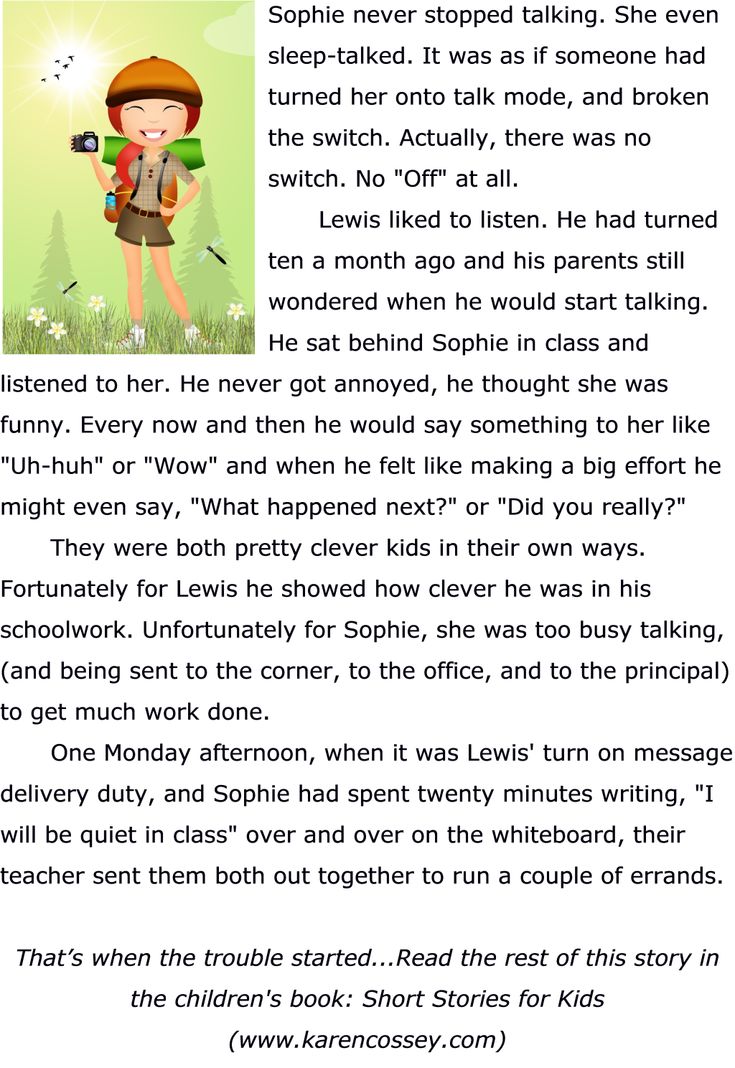
At home, they should have access to books that are one or two levels below their reading level. This builds confidence for budding readers.
The 4 Major Reading Level Systems
As if this whole reading level thing wasn’t confusing enough, there isn’t just one reading level system. In fact, there are 4 major reading level systems, which different school districts use.
The 4 major reading level systems are guided reading level, accelerated reader, developmental reading assessment, and Lexile measurement levels.
Let’s break these different systems down so you can understand the one that your child’s school uses, or one that you may want to adopt to track your child’s progress.
Guided Level ReadingThis is the system that I used to make the list of books for you to do your home reading assessment above.
It is also one of the most popular systems through school districts. So it only makes sense to go over it first.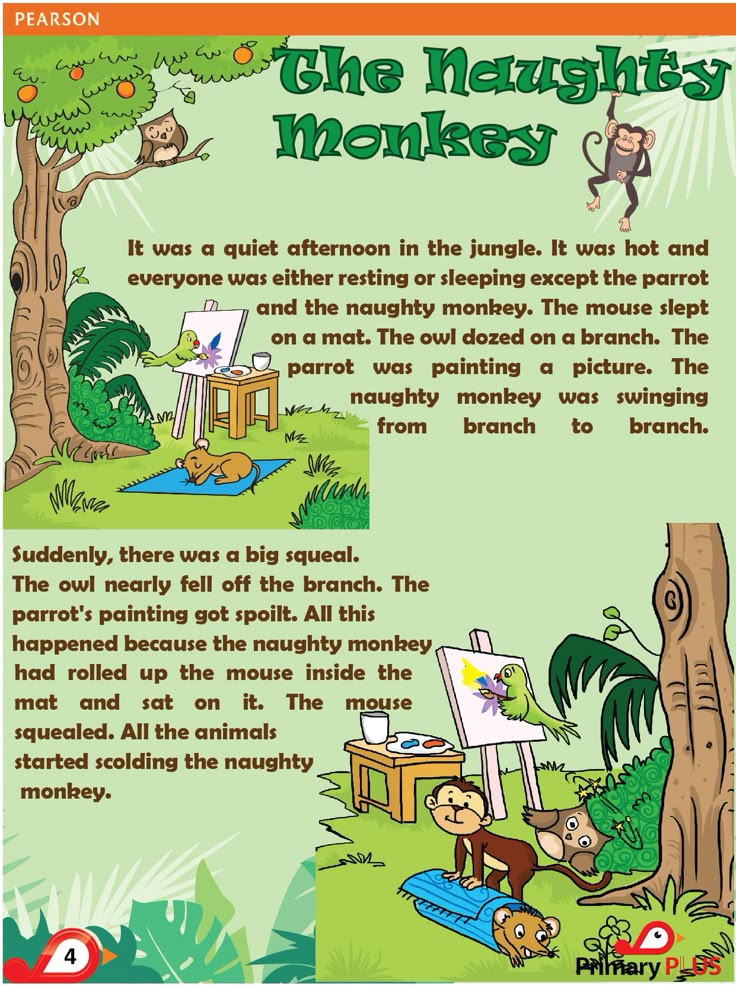
Guided Level Reading was developed by Irene Fountas and Gay Su Pinnell. It uses an alphabet system of dividing books into appropriate levels. Level A are the easiest books and they get progressively more challenging until you reach the most difficult books at Level Z.
For each grade level, there are multiple different reading levels so that as your child progresses they can get gradually more challenging books.
Children are tested on level by reading a benchmark book. That means a book that they have never read before is what you can use to determine their fluency and comprehension. The list of books I gave you above would be examples of benchmark books.
This system is popular because it gives a clear vision of where the child is with their reading skills but it isn’t as obvious to the child whether they are ahead, behind or on target with their peers. So it can be better for the child’s confidence and can reduce bullying or comparison.
This is by far my favorite system because once you know what letters correspond to which grade, it is very easy to understand.
Accelerated Reader
Accelerated reader is the system I remember from childhood. Books are based on grade level with a decimal system giving each grade a scale of 10. So what does that look like?
A book could be leveled at 1.8 meaning it’s a first grade level book but the difficulty is moving towards a second grade level book. The biggest difference between Accelerated Reader system versus the other systems is that it has a computer program that quizzes children on the books they read.
This can be problematic for children struggling with reading. Quizzes can cause anxiety even in young children, and cause a negative association with reading.
For that reason, I am not the biggest fan of this particular system, but it is still very popular in the school system.
Developmental Reading Assessment
This system also starts by testing a child by reading a benchmark book. Remember, a benchmark book is a book that helps test your child’s fluency and comprehension.
Developmental Reading Assessment (also called DRA) is a system of leveled books and tests created by Pearson (one of the most popular textbook and educational tools in the US).
I think this system is a little more confusing because it starts with a reading level labeled level A then immediately switches to numbers. So very beginning readers start with leveled A, then it switches to levels 1-80 with 80 being the most difficult.
This is also a very popular choice with school districts, so you may be used to seeing this.
This system ranks books and reading materials based on readability and how difficult it is to read them.
Lexile Measurement Levels
If your child’s reading levels look something like “200L”, then they are using the Lexile Measures system.
This system does not start with a benchmark book but with a standardized test. This system ranks books and reading materials based on readability and how difficult it is to read them.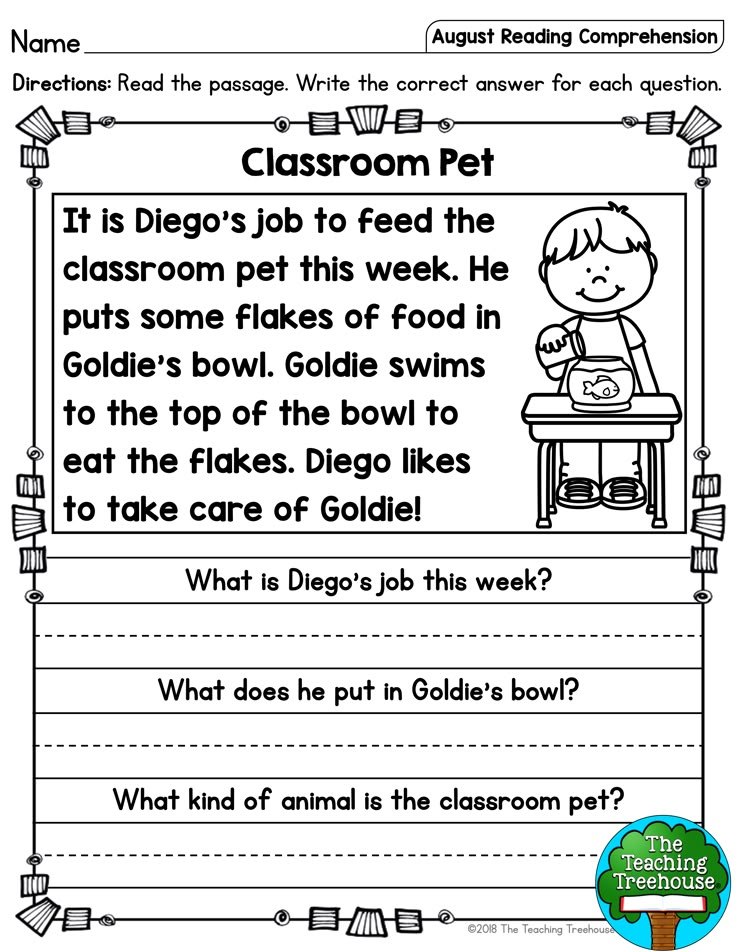
Levels for the Lexile Measuring system start with BR for beginner readers and then transition into a number like 700L for more advanced readers. Let’s be honest…this makes this system a little more confusing for us parents.
This is a less popular option for schools, but a few do use it. So I want to cover it in case you fall in this group.
What Levels Should Your Child be Reading Based on Grade?
Overall, reading levels are supposed to help with small reading groups and interventions if necessary. They also help a teacher to develop tailored instruction based on each child’s reading level.
How do you know if your child is reading on grade level based on their reading level?
I am going to break this down by grade and I am going to cover all 4 reading level systems: guided reading level (GRL), accelerated reader (AR), developmental reading assessment (DRA), and Lexile measurement levels (Lexile).
Then you can compare your child’s reading level with the reading levels for their grade to get a better understanding of where your child is with learning to read.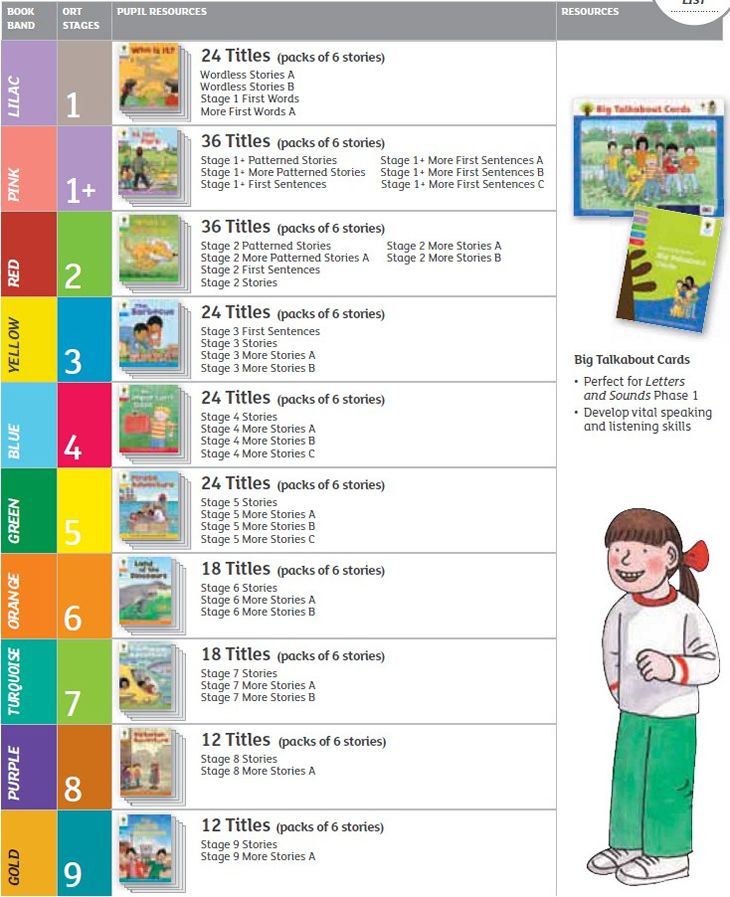
You can also notice that for all the reading level systems, except for accelerated reader, reading levels overlap between grades. So, for example, GRL reading level S could be for fourth grade or fifth grade.
Remember, your child may fall outside of these boundaries – they are just general guidelines.
Kindergarten Reading Levels
- GRL: A-C
- AR: 0.1-0.9
- DRA: A-4
- Lexile: BR40l-230L
- GRL: C-I
- AR: 1.0-1.9
- DRA: 4-16
- Lexile: BR
- GRL: I-M
- AR: 2.0-2.9
- DRA: 16-24
- Lexile: 107L-1080L
- GRL: M-P
- AR: 3.0-3.9
- DRA: 24-38
- Lexile: 415L-760L
- GRL: P-S
- AR: 4.0-4.9
- DRA: 38-40
- Lexile: 635L-950L
- GRL: S-V
- AR: 5.
 0-5.9
0-5.9 - DRA: 40-50
- Lexile: 770L-1080L
- GRL: V-Y
- AR: 6.0-6.9
- DRA: 50-60
- Lexile: 855L-1165L
What to do if Your Child is Reading Below Their Grade Level
If you are told your child is reading below grade level, it can be a gut punch. So what do you if your child is reading below grade level?
First, don’t panic. Children develop their reading skills at different stages, some children are early readers and some children take a little longer to get there. Just like some children walk early and some children walk late.
Next, just continue encouraging reading at home by reading books together and discussing what you’re reading. You can also continue to provide them reading materials they can comfortably read and enjoy.
Positivity and encouragement, along with shared reading time will go a long way!
How to Help Your Child Choose a Book to Read
So now that you know what your child’s reading level is and what that means, how can you help your child choose a book to read?
The number one factor in helping your child choose a book is to pick something they are interested in, even if it is above or below their level.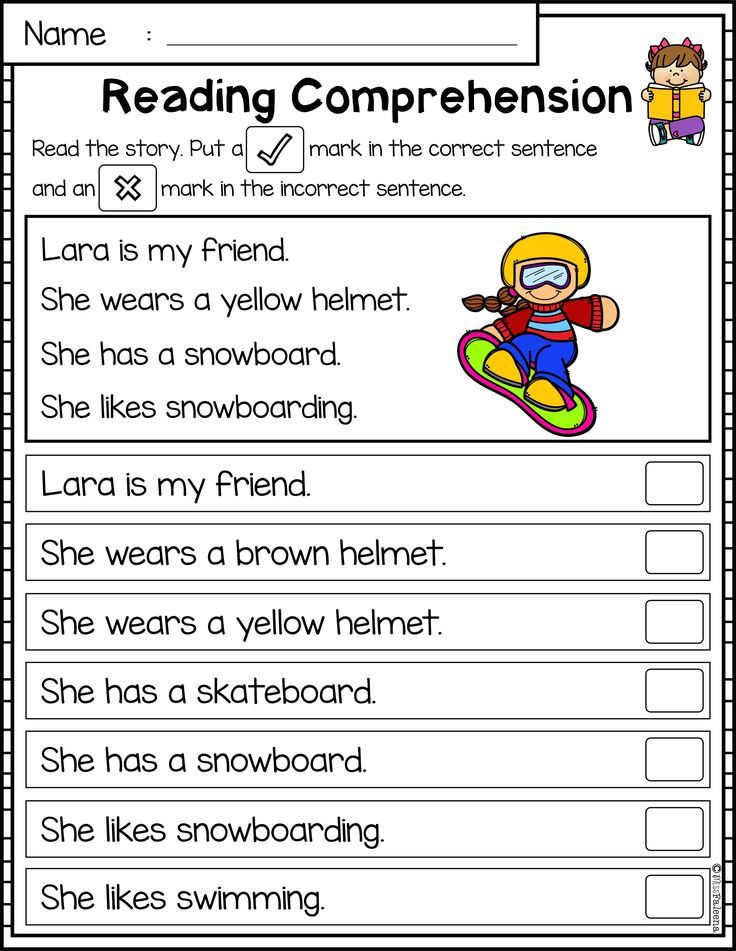
You want to foster a love for reading because it’s enjoyable. With time and practice, the skills will come! Of course, if you are truly concerned, speaking with your child’s teacher to come up with a game plan may be helpful as well.
The Takeaway
At this point, I hope you feel more confident in understanding the different reading level systems and how they are used to help your child to become a better reader.
Remember, your child’s score is not an indicator of how successful they will be and all children develop reading skills at different ages.
Just continue to nurture a love for reading with your child by providing them books they are interested in and spending time reading to them and with them. You’ve got this!
More Resources On Positive Parenting & Screen Free Kids:
- Safety Tips for Kids: Books to Reinforce Safety Rules for Kids
- Pros and Cons of Homeschooling: Weighing School Options
- 10 Ways to Limit Screentime and Raise Unplugged Kids
- Creating Screentime Rules for Summer (Free Printable)
- 10 Screen-Free Alternatives Before Bedtime
- Printable Screen time Rules Checklist for Kids (PDF)
5 nuances of reading that parents need to know
“Reading is for the mind, what exercise is for the body” - Megan Favre, Reading Specialist.
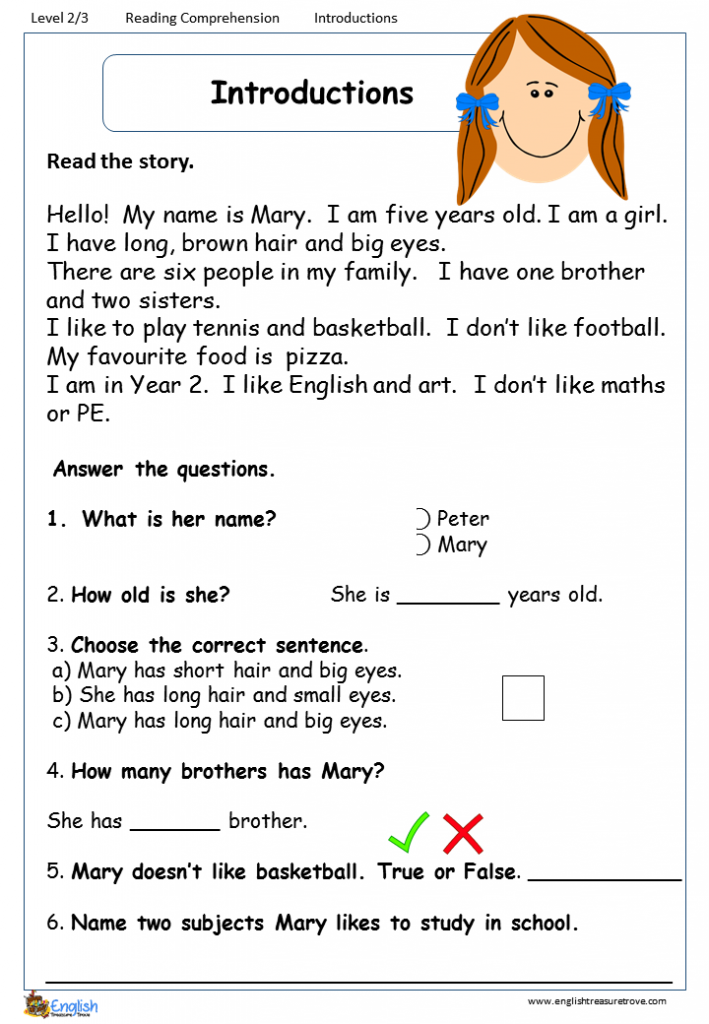
Passion for reading was instilled in me by my parents. They frequented the library, saved up money to buy books, and, most importantly, immersed themselves in reading and ignored me when a book particularly addicted them. Their remarks “one more chapter and let’s go” or “let me finish the article, and then we’ll sit down for dinner” showed me that reading opens up an unknown world from which you don’t want to return.
Nowadays it's all about reading assessments, words per minute read, and standardized tests that not only put pressure on teachers, students, and parents, but discourage anyone from reading for themselves. Here we would like to share reading tips from Megan Favre with other parents.
1. This book is not "too easy" for your child.
Reading is understanding the meaning of text, not recognizing words and letters. It is very easy to mistakenly assume that a child who reads well actually understands what he is reading.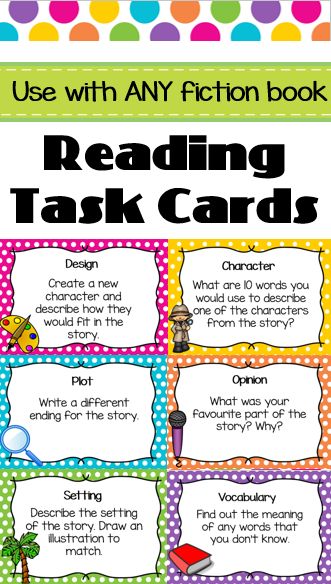 After all, it does not demonstrate anything that we, as readers, do when we are confused. When an adult encounters a difficult text, they stop, reread it, slow down, look for context, or ask for help. The child will learn to do this for years. Sometimes the fluent reading that a child demonstrates is the result of reading a given text many times at school.
After all, it does not demonstrate anything that we, as readers, do when we are confused. When an adult encounters a difficult text, they stop, reread it, slow down, look for context, or ask for help. The child will learn to do this for years. Sometimes the fluent reading that a child demonstrates is the result of reading a given text many times at school.
P.S. So what if it is? For example, I enjoyed reading the Harry Potter books, although they are definitely below my reading level. It doesn't matter if the person likes the story - that's the whole point of reading.
2. Reading levels are not a competition.
Oh, those levels of reading! Determining how well a child has learned to understand and use grammar is quite difficult (it only takes a graduate degree, then another, and lifelong professional development to figure it out), and measuring progress against the standard level is much easier. Parents refer to reading level because it is the only yardstick available to them.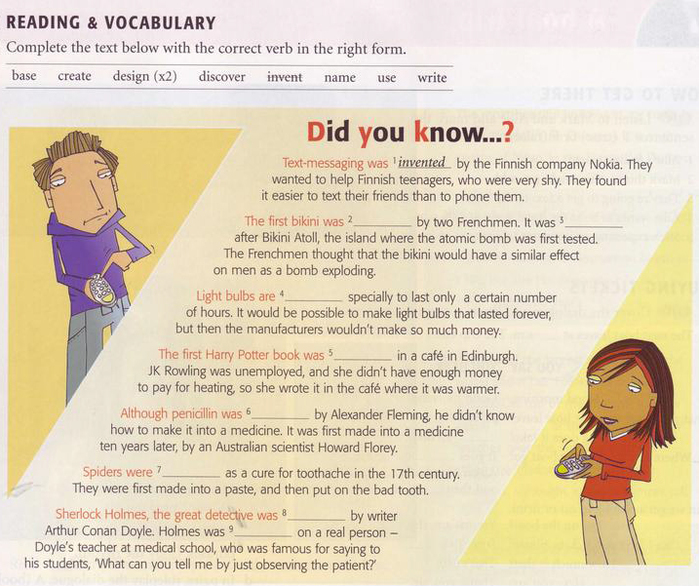 It would be great if, instead of assessing the level of reading, teachers would discuss the child's reading style. Reading level is a teacher's tool, not a student's label.
It would be great if, instead of assessing the level of reading, teachers would discuss the child's reading style. Reading level is a teacher's tool, not a student's label.
P.S. A good tool for parents, which costs nothing, is to involve the child by example. And if a child likes a book and wants to read it, this book suits him.
3. Pictures in books are for a reason.
Please, PLEASE do not cover the illustrations in the book when reading with a child. Pictures are an integral part of the story. Books for novice readers have very little text and the meaning is often supplemented by illustrations. When you close the pictures, you let the child know that no matter what he reads, what matters is the accuracy of reading. The lesson for the novice reader is that, for example, he sees a hare in the picture, but the first word in the text is oblique. It is important that the picture reinforces the semantic connection with the text, which will not work if you close it.
P.S. Reading from pictures is also real reading. It helps children learn to think, tell stories, and instill a love of books. Don't believe? Read Chalk by Bill Thomson, a picture book with no text to help you understand this.
4. It is you who shows your child how important reading is (or not).
Frustrated that your child is not interested in reading? How do you show him that reading is important? I like the phrase "don't worry that the child never listens to you, worry that he is always watching you." What example are we setting for our children when we schedule dance lessons, soccer practice, or piano lessons that can't be missed but a visit to the library or bookstore isn't even considered? Show your kids the value of reading by making it a priority in your schedule.
P.S. A good way to do this is to set aside at least 15-30 minutes of daily reading as a family. Everyone gets together and reads aloud or just sits in the same room, each with their own book.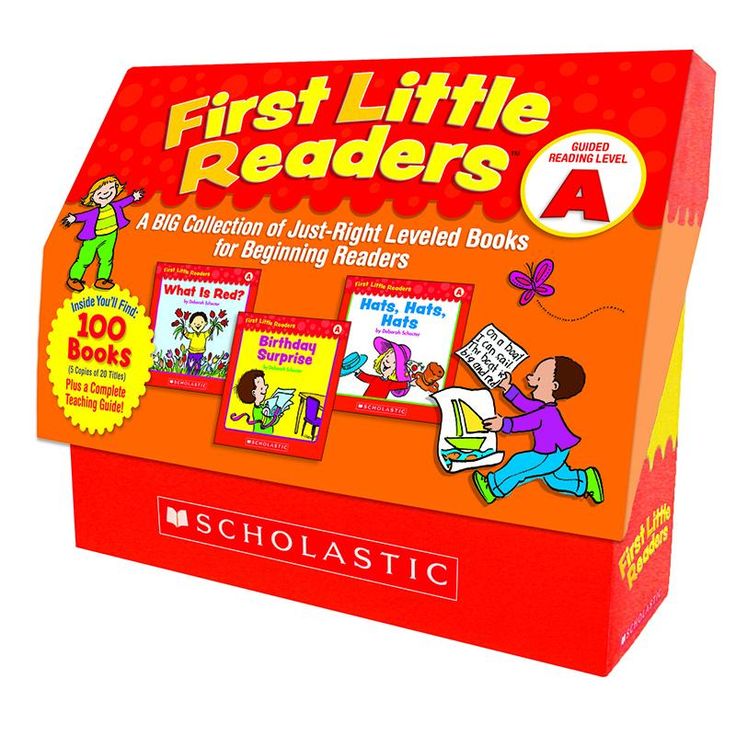
5. Comics are real books.
Yes, it is. In fact, comics often use more advanced idioms that require an extensive vocabulary to understand, since the story needs to be told in a concise manner. We also add that picture books are good for people of any age. Most importantly, regardless of age, children are never “too old” to curl up next to a parent and read a good book together.
P.S. Together with your child, prepare pictures and photographs that he can use to create his own comic book.
Source
TOP books in English adapted by level of knowledge
Test your English and get recommendations for learning
Check for free
438.9K
"Harry Potter" in English is read not only very interesting, but much more interesting, but much more than in Russian. There is nothing to say about Alice in Wonderland: no matter how many talented translations there are, all puns can only be fully appreciated in the original.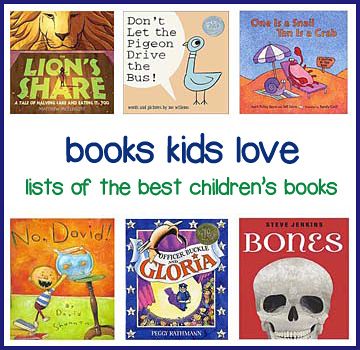 In general, reading in English is correct and useful. And we will help you choose a book for your level, so that it is also pleasant.
In general, reading in English is correct and useful. And we will help you choose a book for your level, so that it is also pleasant.
English test
Find out your level, get learning tips and a promo code for English lessons as a gift
Why read in the original
- The more that you read, the more that you’ll know.
The more that you know, the more places you'll go. - Dr. Seuss
Any English-speaking child will confirm that Dr. Seuss does not give bad advice. If you love to read, but are afraid to start with a voluminous and full-bodied English novel, don't worry. Especially for educational purposes, publishing houses produce adapted books in English: for beginners, for the intermediate level, and so on. Yes, you will get a complete picture of the work of art a little later, but you can congratulate yourself on the first English book you read already starting from the Elementary level!
You can apply for training here
1.
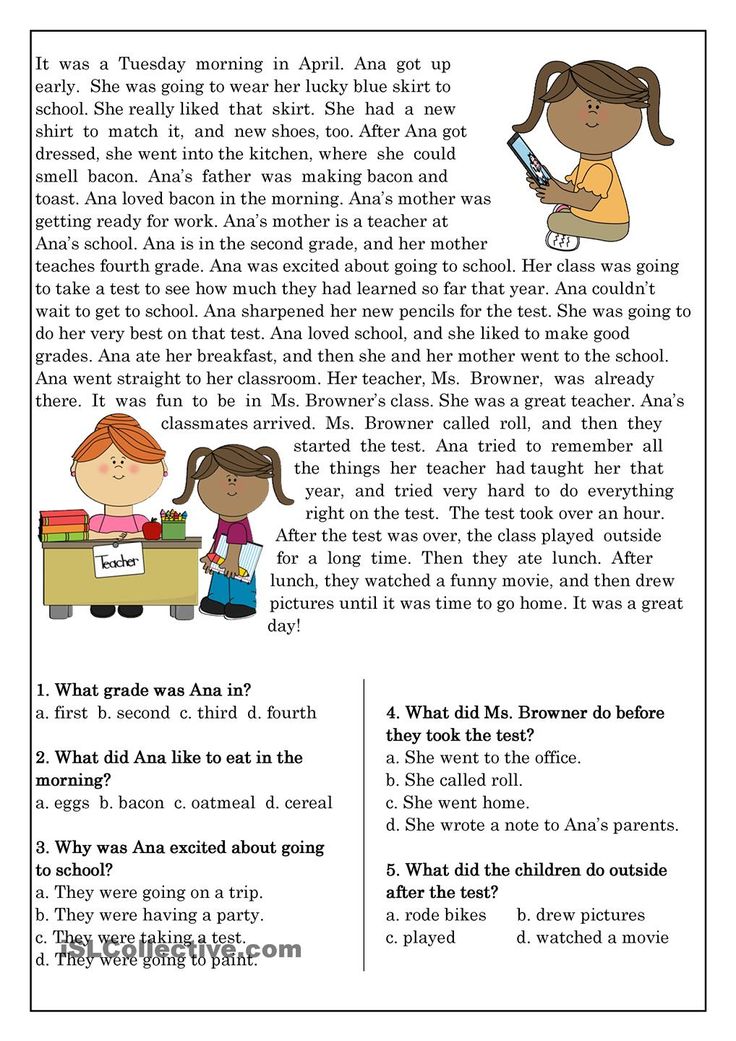 Reading in English increases vocabulary
Reading in English increases vocabulary Reading in a foreign language enriches vocabulary, even if we ourselves do not realize it. Of course, in order to learn new vocabulary more effectively, it is better to read a book, writing out unfamiliar words and memorizing their translation. When choosing books to read, be guided by your learning goals: if you need colloquial speech, pay attention to modern “light” prose, but if you want to master special vocabulary, the most obvious advice is to read literature from the area of your professional interests.
2. Reading improves spelling
English spelling is full of mysteries and surprises. The spelling of many words defies logic: you just have to memorize. And the best way to do this is to read more English-language literature so that the images of words are stored in memory.
3. Reading broadens one's horizons
E-books and blogs, news sites and social networking feeds: reading has reached a new level in the twenty-first century.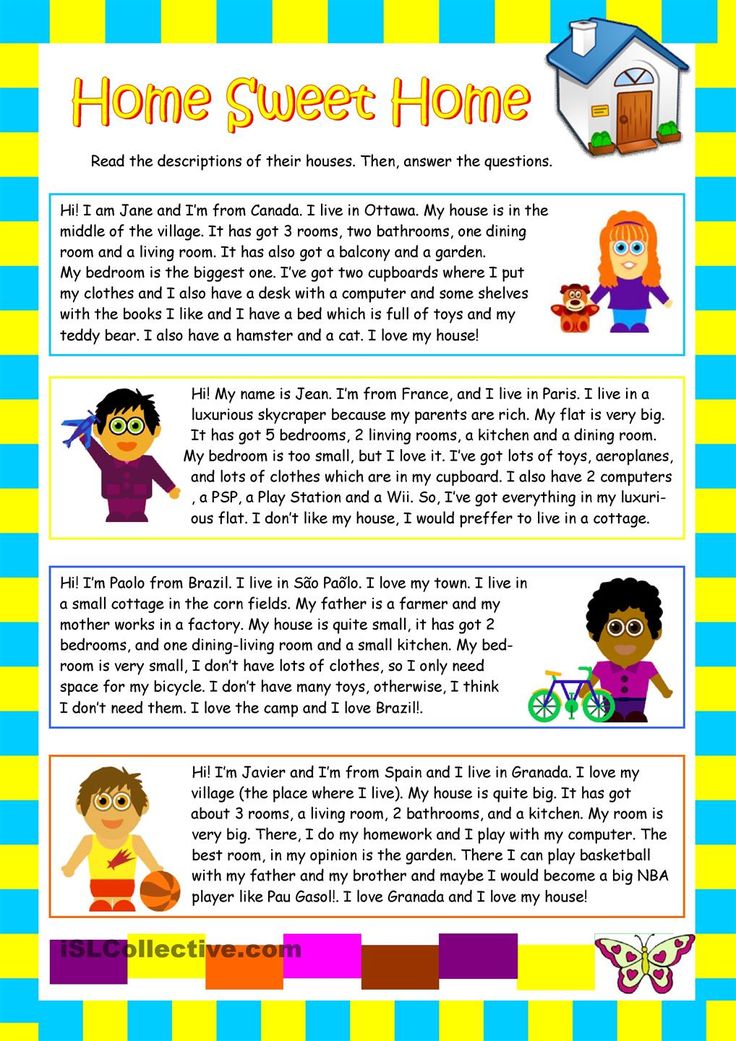 A single information space makes it possible to learn about what is happening in the most remote corners of the world, to join the world's cultural and scientific heritage.
A single information space makes it possible to learn about what is happening in the most remote corners of the world, to join the world's cultural and scientific heritage.
4. Reading in the original language boosts self-esteem
Listen to how you feel when you finish the last page of your first English novel: a wonderful feeling. “She reads Orwell in the original” sounds proud! Any psychologist will tell you that motivation is important when performing any task. So do not miss the opportunity to once again praise yourself, this one is not at all superfluous! :)
Reading English books in the original is not only useful, but also pleasant
Demo lesson for free and without registration!
Take a lesson, find out about the school and get a promo code for English classes
How to choose a book to read
- Choose adapted books in English for your level (see the list of recommended books for levels A2-C1 later in the article).

- Choose works according to your ability: start with short stories, gradually moving to larger literary forms.
- The more exciting the learning, the more effective it is: try to find books that are interesting for you. Detectives, thrillers, mysticism - or any other topic that awakens your imagination and makes you read the book to the end will do.
Children's books in English
If you know only a few hundred words in English, pay attention to children's literature: many children's books are also interesting for adults. In addition, children's literature, as a rule, is generously provided with illustrations, which helps to understand the plot.
Fun fact: the acclaimed children's writer Dr. Seuss, discussed earlier in this article, wrote his best book, The Cat in the Hat , using just 220 words. This list of the first children's words was compiled by the publisher, obliging the author to use them in his work: everything to earn the love of the target audience!
Free English-language children's books can be found on the Internet.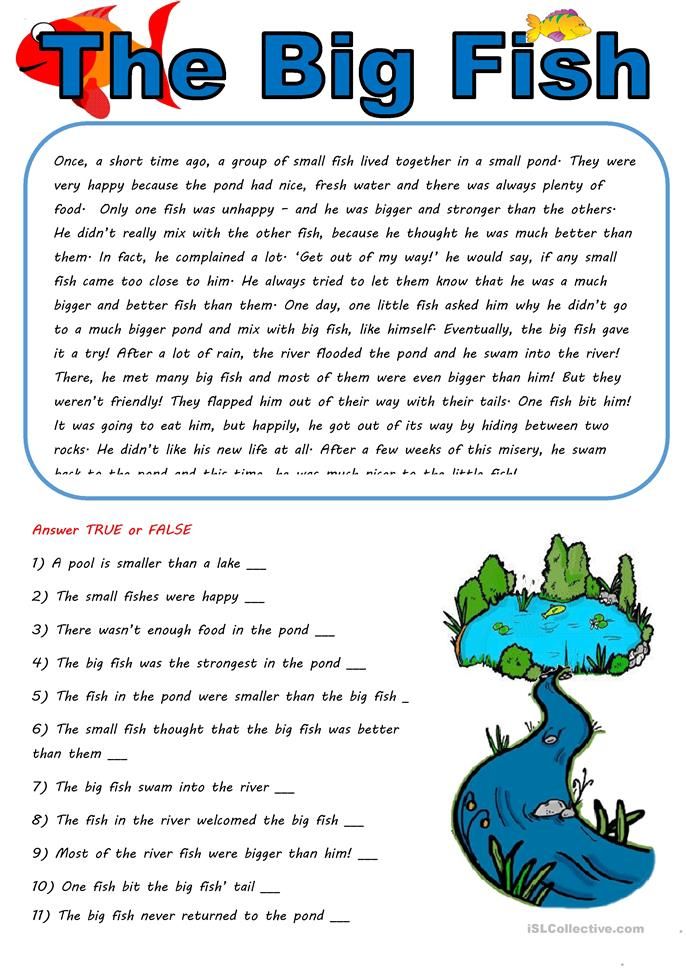 For example, on the KidsWorldFun resource.
For example, on the KidsWorldFun resource.
English comics
Like children's literature, comics are a great way to start reading in a new language. There are a great many genres of comics: there are comics for children, for adults, entertaining and educational.
- Free online comic book library
- Marvel Comics
- English grammar comics
Film scripts in English
One of the proven and effective methods of learning a new language, recommended by many polyglots, is to read books in the target language that are already familiar in translation. The same applies to film adaptations: it is useful to read the scripts of the films you have watched. Advantages: the context is known, the plot is clear, you can guess the meaning of new words in the course of the story.
- Movie Scripts and Screenplays
- 101 Greatest Screenplays
- Awesome Film
Books in English about personal development and professional literature
By reading them, you kill two birds with one stone: you learn English vocabulary that is relevant to you and learn new things about an important topic for you.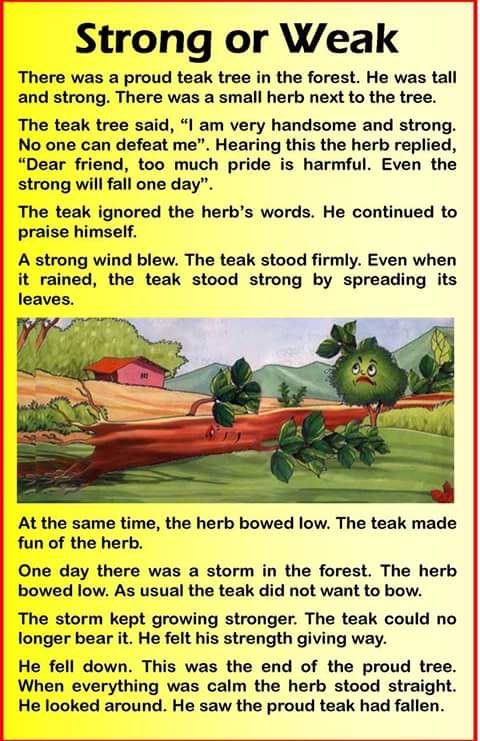 If you are keenly interested in something, why not read about it in English? Another advantage of such literature is that it is easier to read than fiction novels. The style is simpler, the vocabulary is limited to the topic under consideration.
If you are keenly interested in something, why not read about it in English? Another advantage of such literature is that it is easier to read than fiction novels. The style is simpler, the vocabulary is limited to the topic under consideration.
Reading in English improves vocabulary
3 "life hacks" for beginning readers of English literature
It is not necessary to understand every word
Сontext is king (context is king)! If you have grasped the main idea of the story, that is enough. Moreover, if you understand everything you read, most likely you have taken a book of too low a level for yourself. Try to find such books where about 70% of the vocabulary will be familiar (the rest will have to be written out and learned).
Read aloud in English
It may seem strange, but reading has proven itself to improve pronunciation and listening - if it is reading aloud. By reading aloud, you tune in to the sound range of the language being studied. However, it is important to work on pronunciation and in addition to reading, otherwise the incorrectly “guessed” pronunciation of a particular word may annoy you for years afterwards.
By reading aloud, you tune in to the sound range of the language being studied. However, it is important to work on pronunciation and in addition to reading, otherwise the incorrectly “guessed” pronunciation of a particular word may annoy you for years afterwards.
When reading in English, listen to audio books
When learning English, in which the same combination of letters can be pronounced in a dozen different ways, it is very important to pay attention to the correct pronunciation of new words. We have already written about the book + audiobook format: when reading an English-language book, you listen to its audio version, voiced by native English speakers. Very handy for learning pronunciation!
Books in English: Read and Listen
Books adapted for Beginner, Intermediate and Advanced English (A2-C1)
Waystage level, elementary level
The Fisherman and His SoulOscar Wilde Level: elementary A piercing romantic tale of crazy love | |
Dracula - DraculaBram Stoker Level: elementary A chilling story of eternal love and eternal damnation: this is where all the vampire sagas of our time came from. | |
Million Pound Bank Note - The Million Pound Bank NoteMark Twain Level: elementary A witty and instructive story about the adventures of a poor man with a million pound note in his pocket. | |
Mr. Bean in the city Bean In TownRichard Curtis Level: elementary Mr. Bean will always find adventure for his wild little head! The eccentric eccentric continues to amaze and amuse the reader. |
Books in English help develop vocabulary
Level B1 - threshold or intermediate (threshold or intermediate)
The Picture of Dorian GrayOscar Wilde Level: intermediate (intermediate) What is more important, the beauty of the face or the beauty of the soul? An incredible story about a beautiful mask and the terrible essence of a person. Mr. Grey, weren't you the prototype of the hero of "Fifty Shades of Grey"? .. | |
Appointment With DeathAgatha Christie Level: Intermediate Christy, Poirot, detective. | |
Forrest Gump - Forrest GumpJohn Escott Level: Intermediate The book is about a man whose fate makes you believe in the impossible.
Book: Forest Gump | |
Three Men In a Boat Jerome K. Level: Intermediate Three cheerful friends decided to go on a trip. What came of it - read in the original. Book: Three in a boat |
Read original English books
Intermediate English (intermediate, B1-B2)
The Curious Case of Benjamin ButtonF. Scott Fitzgerald Level: Intermediate A fantastic story about a man who "lived in reverse". But you probably already watched the movie? .. |
| 1984 George Orwell Level: intermediate A landmark work of English literature, which must be included in the reader's arsenal of every modern person. To not have to blush in a decent society. |
Gladiator - GladiatorDewey Gram Level: intermediate This book will tell about the difficult fate of the Roman gladiator. Here's someone who had a really hard job! |
Four Weddings and a FuneralRichard Curtis Level: intermediate (intermediate) The best way to know the culture of the people is to study the customs. A funny, touching, slightly frivolous book by Richard Curtis tells about the love between a British man and an American against the backdrop of four weddings and, alas, one funeral.
Book: Four weddings and a funeral |
Learning English by reading books in the original is interesting and exciting
B2 - intermediate-advanced level (vantage or upper intermediate)
| Airport Arthur Hailey Level: upper-intermediate Disaster novel based on real events is fascinating even after half a century. Book: Airport |
The Talented Mr. Ripley Ripley Ripley Ripley Patricia Highsmith Level: upper-intermediate Tom Ripley is a 25-year-old young man who grew up without parents in an atmosphere of hatred and fear. Is it any wonder that his attitude to the world and people is not distinguished by special tenderness? .. |
Tomes are a girl's best friend!
C1 - advanced level of English (advanced)
| Jane Eyre Charlotte Bronte Level: advanced A classic English novel about the life of a poor orphan with remarkable strength of character, and about love that can overcome any adversity. A book dearly loved not only in England, but all over the world. |
Pride and PrejudiceJane Austen Level: advanced Elizabeth is one of five daughters of the noble but impoverished Bennett family. She is smart, beautiful, but will she be happy? When two single gentlemen move in next door, something new enters the lives of the Bennett girls: sighs, excitement, furtive glances, secret rendezvous.
Book: Pride and Prejudice |
Brave New WorldAldous Huxley Level: advanced Before you is a dystopian novel: find out what it is by reading the book. |
Check if you know the top 100 English words
Useful:
10 "star" TV shows that make learning English easy and fun
6 levels of English proficiency: steps to perfect English reading
- language
The "golden age" of Anglo-Saxon literature before the invasion of the Normans is the era of Alfred the Great, the conqueror of the Danes, who devastated Britain for almost two centuries.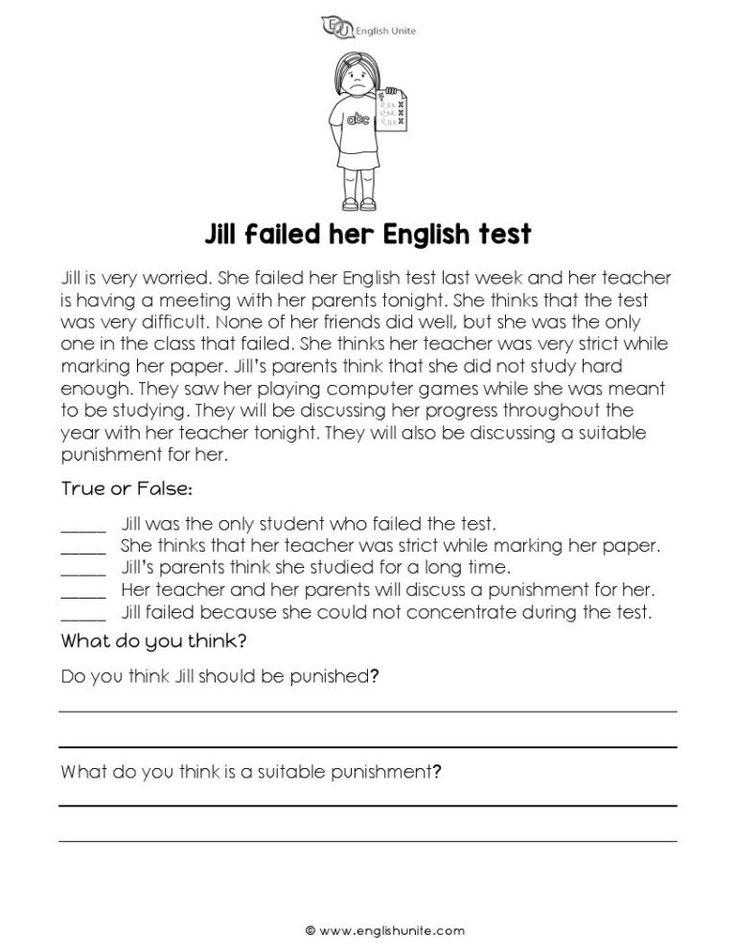

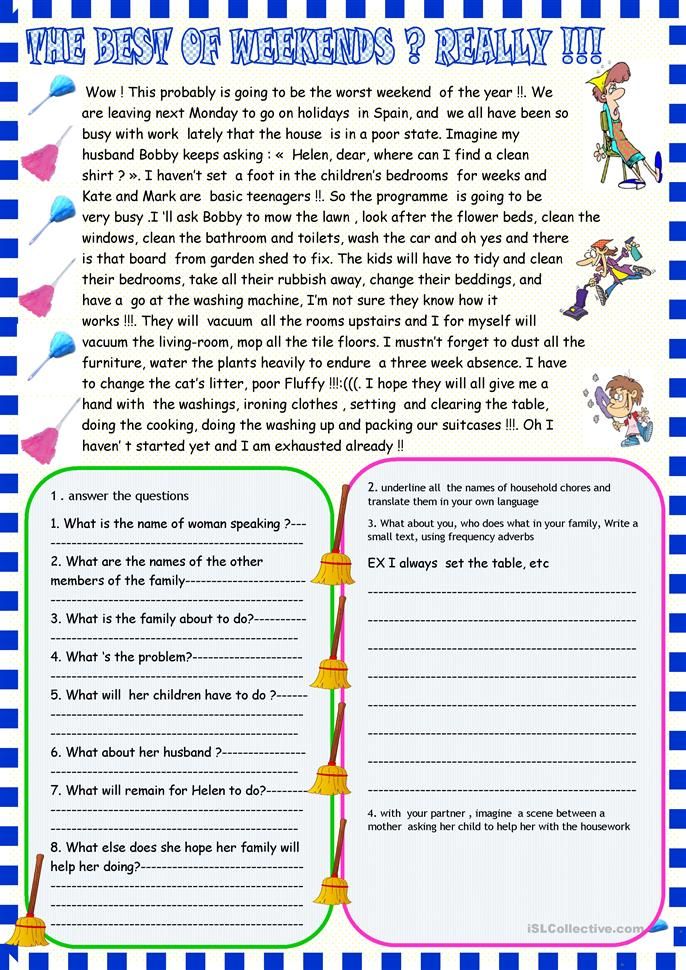 And some mass market publication reading
levels (on the back cover of paperbacks) are notoriously low; the reading level
indicated is appropriate for the vocabulary and length, but the content is far
more mature.
And some mass market publication reading
levels (on the back cover of paperbacks) are notoriously low; the reading level
indicated is appropriate for the vocabulary and length, but the content is far
more mature.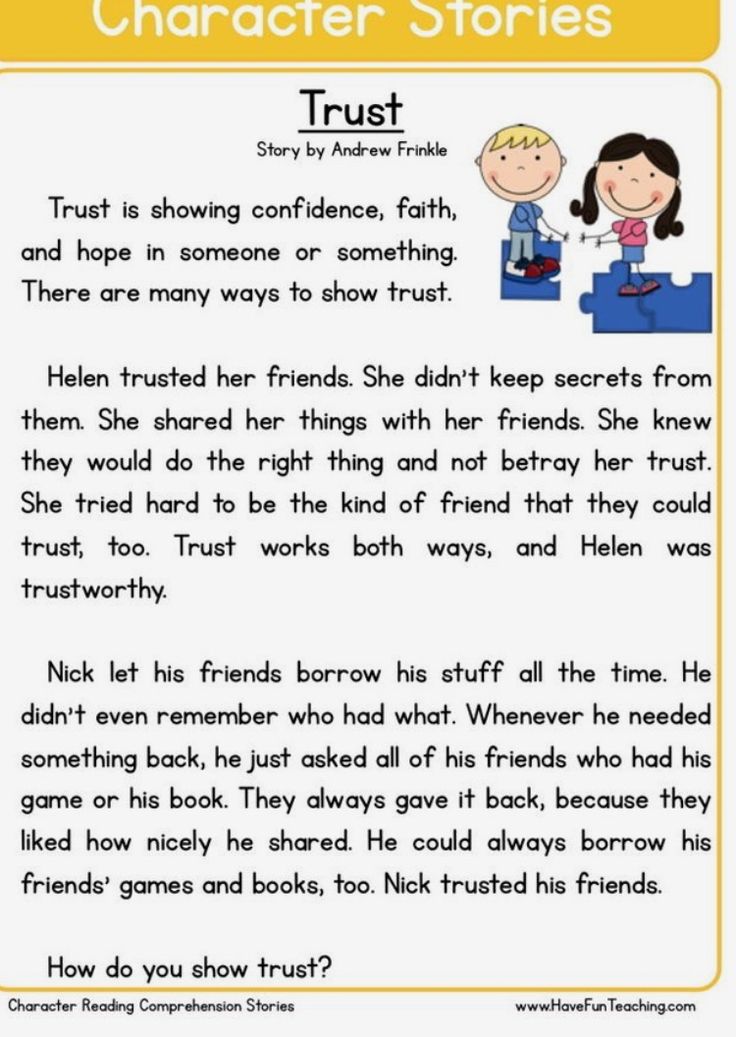 ..
..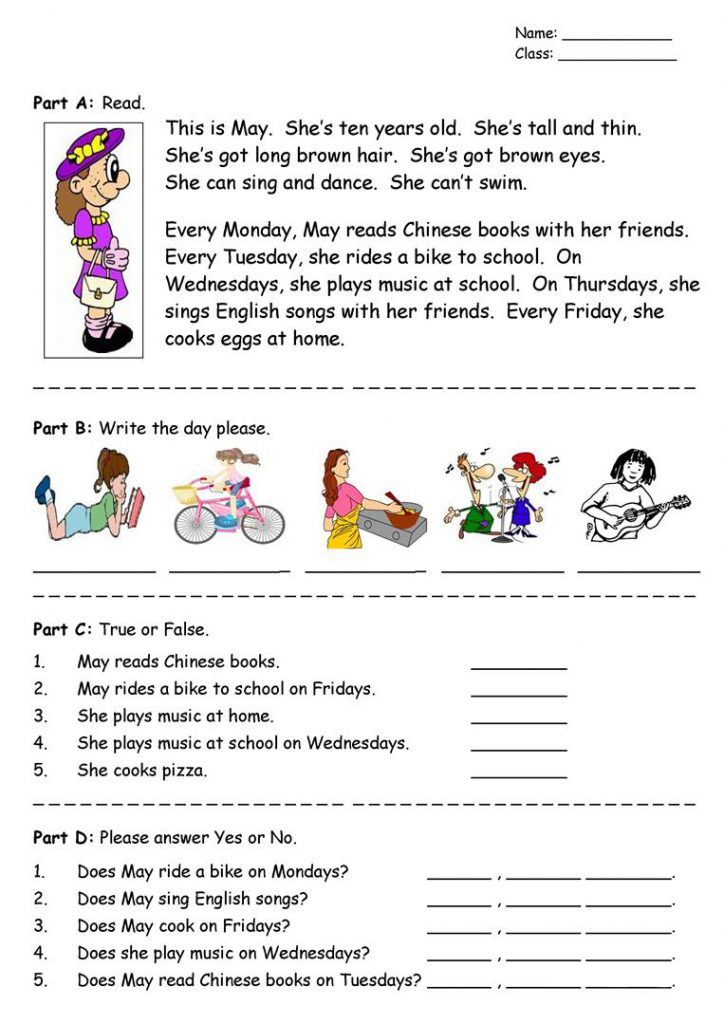 This
guide and table compare various professionally used
reading levels to grade and category (emergent, early, early fluent, etc.)
levels.
This
guide and table compare various professionally used
reading levels to grade and category (emergent, early, early fluent, etc.)
levels.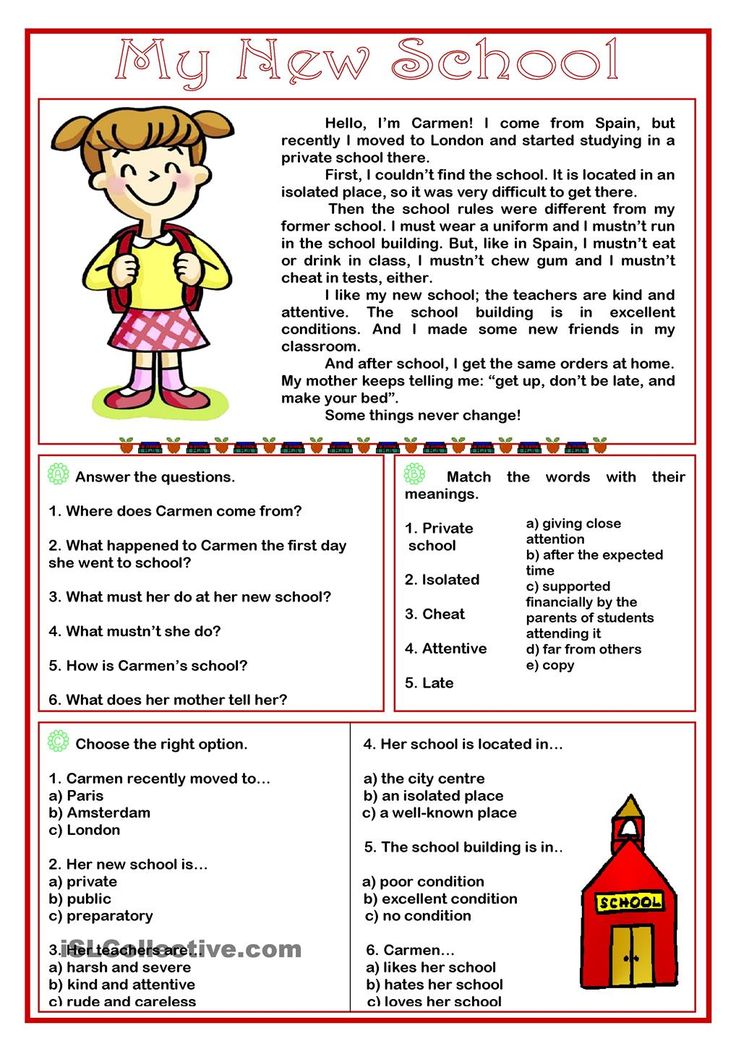
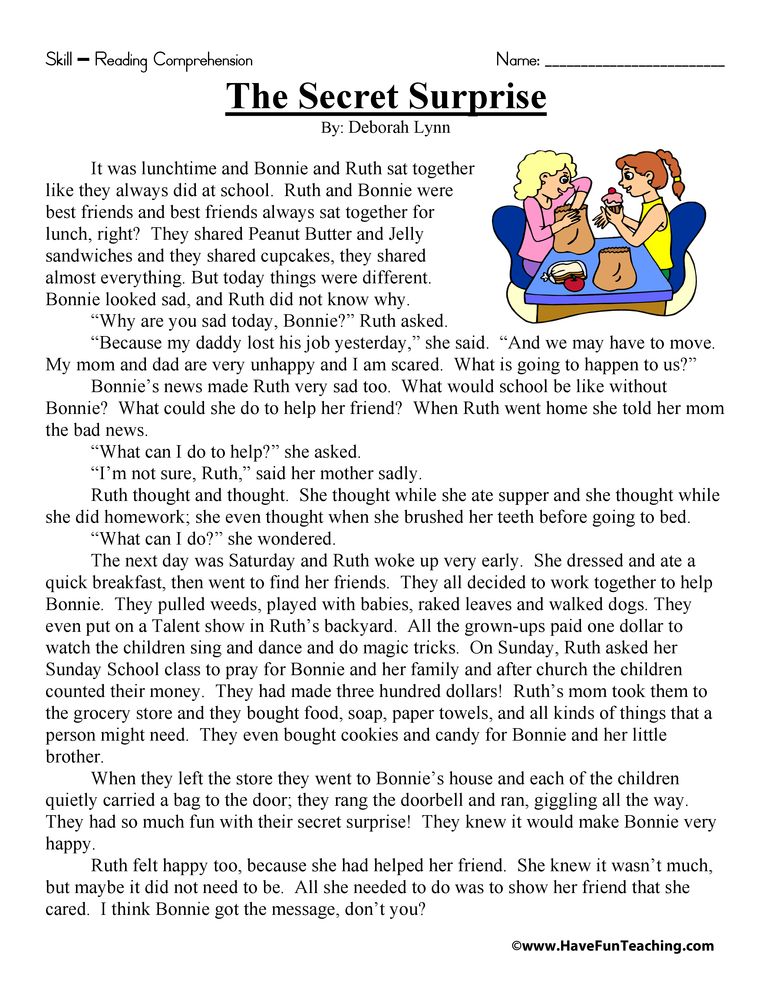 There is suggestive
evidence that incentives do not promote additional reading in the long term. The
AR research literature does nothing to change these conclusions.
There is suggestive
evidence that incentives do not promote additional reading in the long term. The
AR research literature does nothing to change these conclusions. 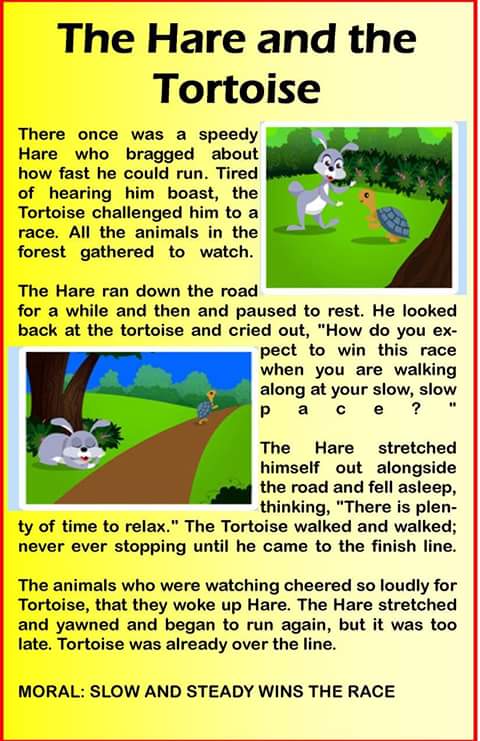 Graph the number of sentences vs. the number of syllables to
obtain the grade level.
Graph the number of sentences vs. the number of syllables to
obtain the grade level.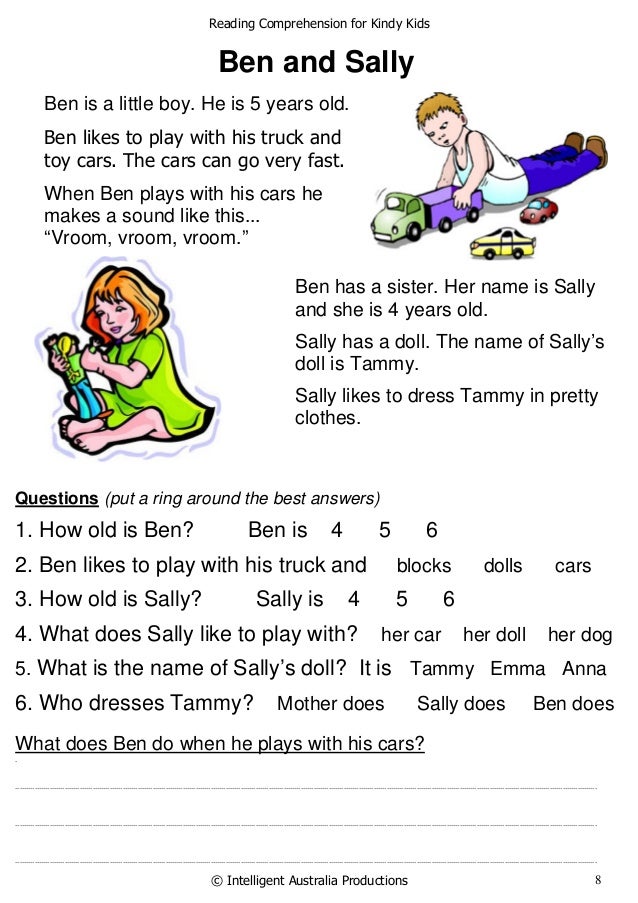
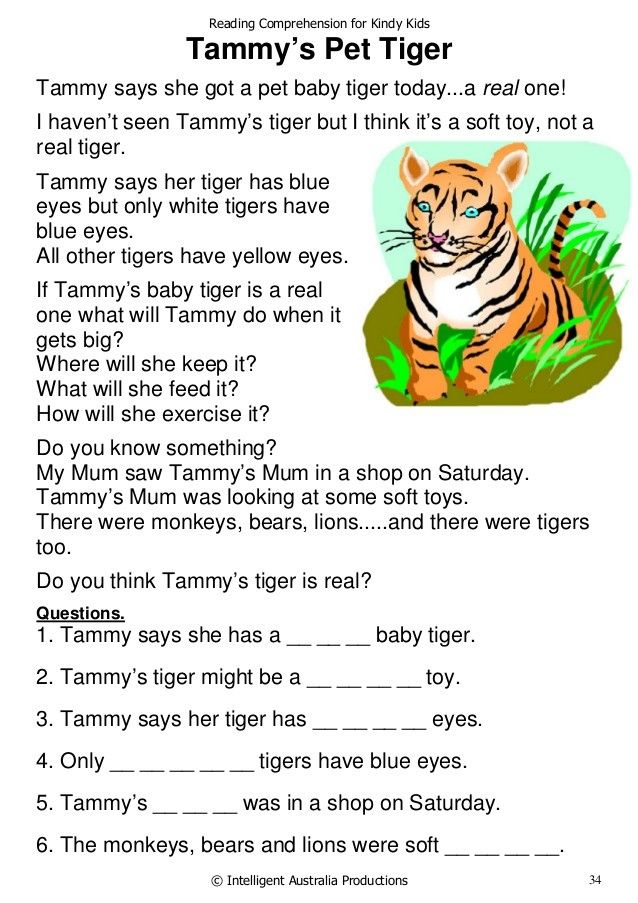
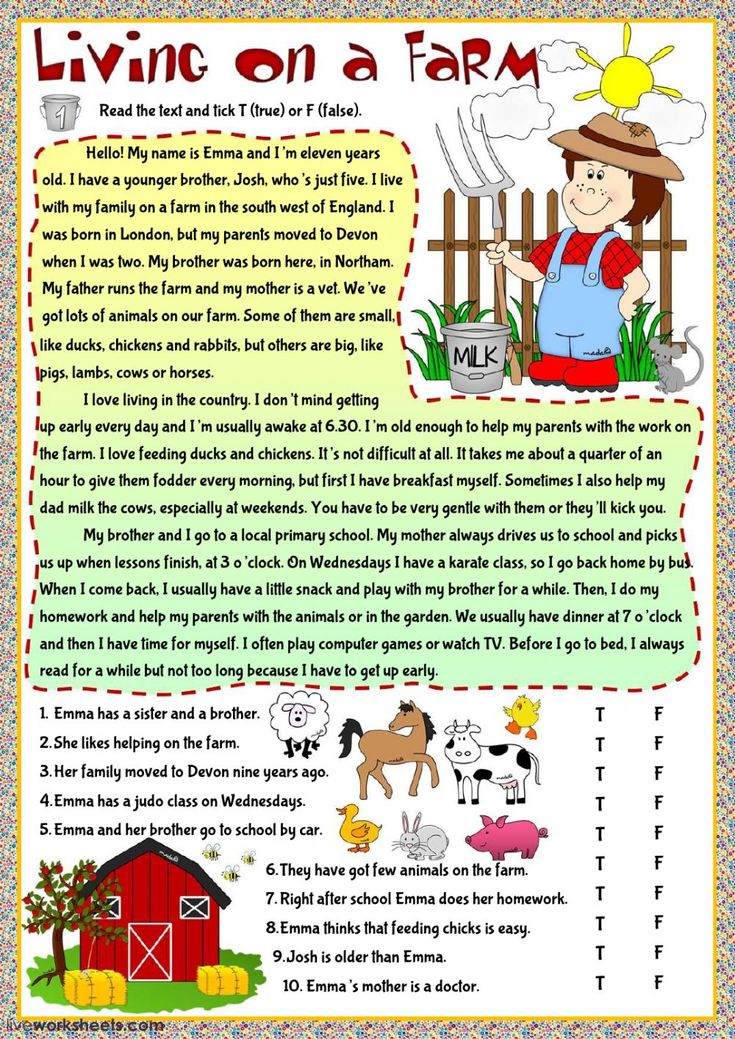

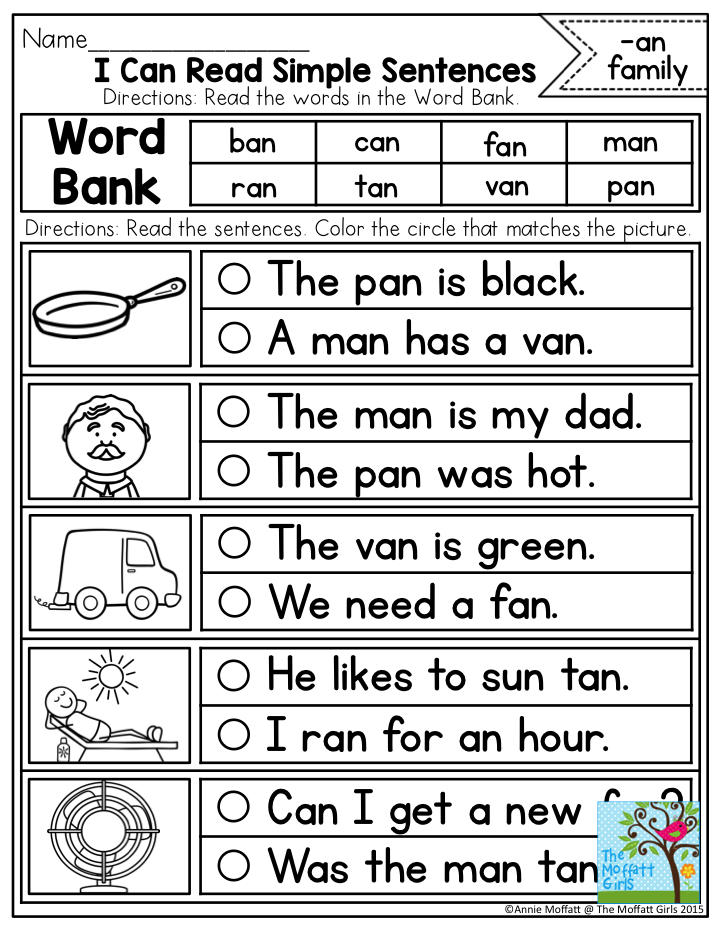
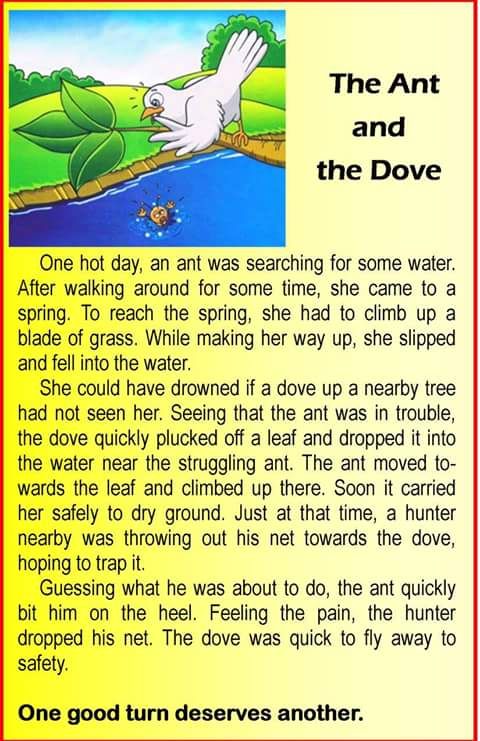 The Fountas & Pinnell Benchmark comes
in two levels: grades K-2 (levels A-N) and grades 3-8 (levels L-Z). The
assessment is directly correlated to the instructional material in The Continuum
of Literacy Learning. Using the Fountas & Pinnell Benchmark requires extensive
professional development, as the child is measured on a variety of skills
including instructional and independent reading abilities, plus "emphasis on
thinking about the author's craft."
The Fountas & Pinnell Benchmark comes
in two levels: grades K-2 (levels A-N) and grades 3-8 (levels L-Z). The
assessment is directly correlated to the instructional material in The Continuum
of Literacy Learning. Using the Fountas & Pinnell Benchmark requires extensive
professional development, as the child is measured on a variety of skills
including instructional and independent reading abilities, plus "emphasis on
thinking about the author's craft."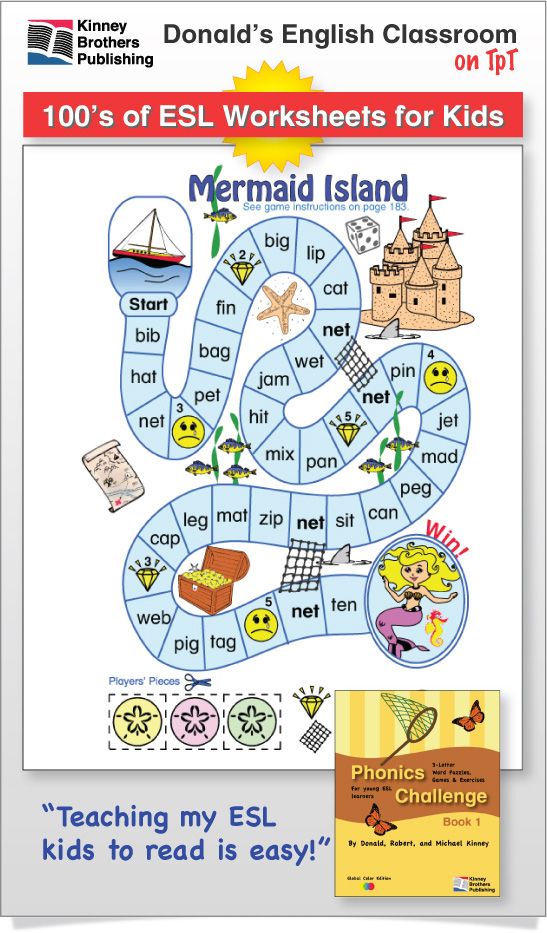
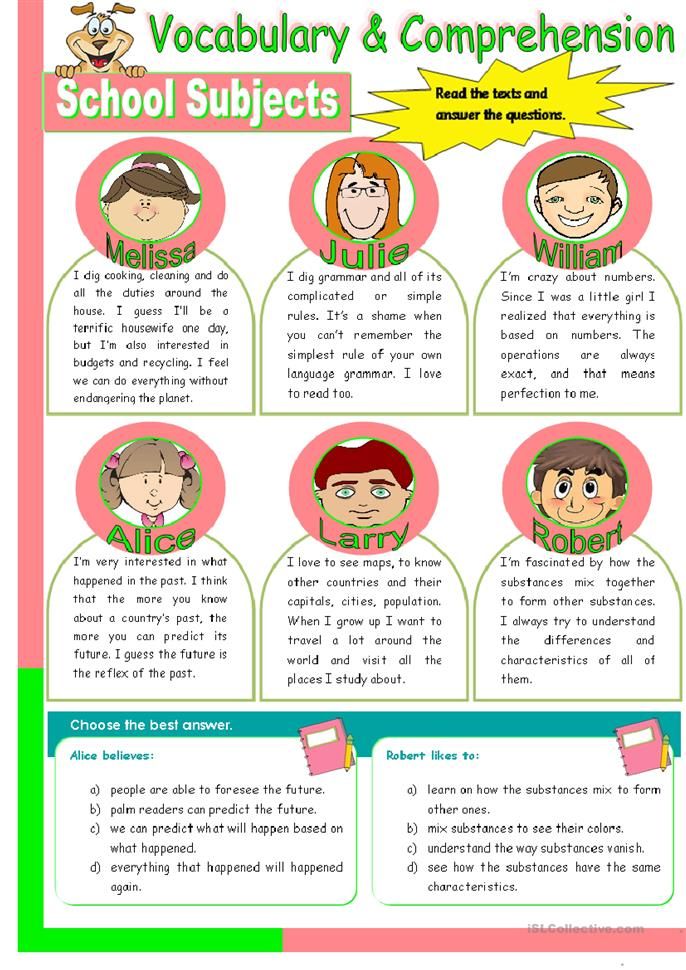 Click demo for some interesting
results...
Click demo for some interesting
results...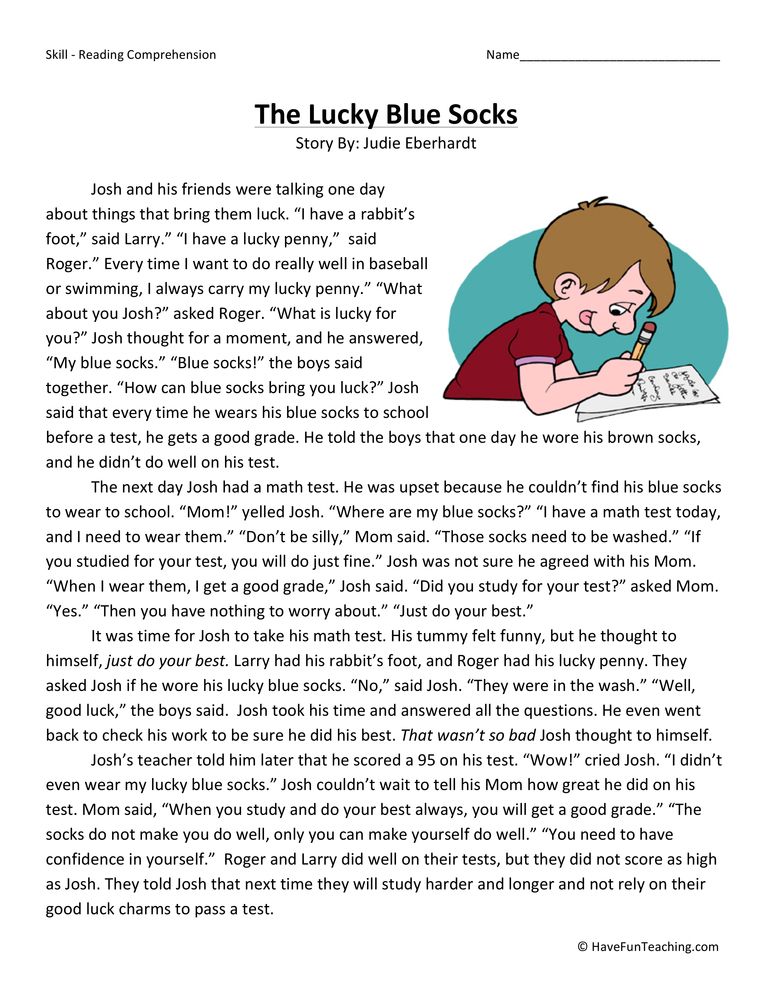 30000 characters
30000 characters 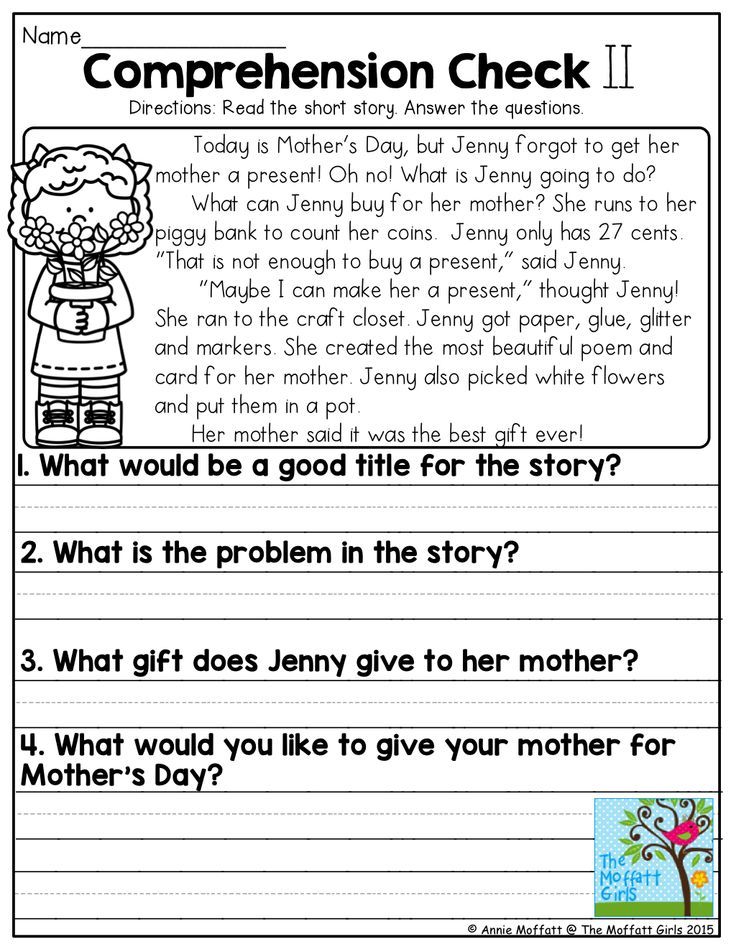 25000 characters
25000 characters  80000 characters
80000 characters 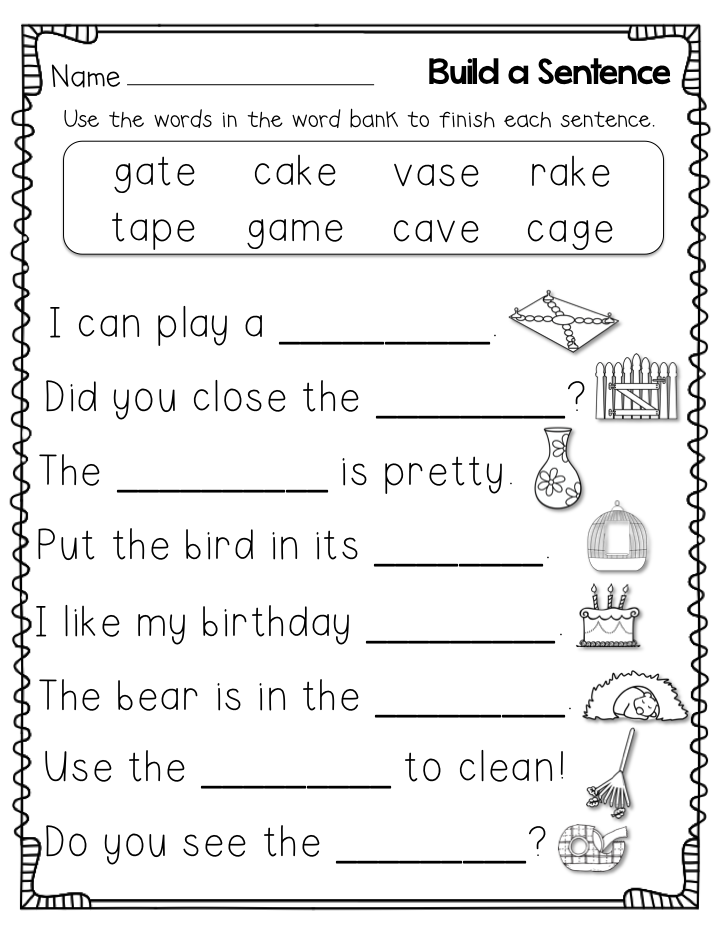 A must read!
A must read! 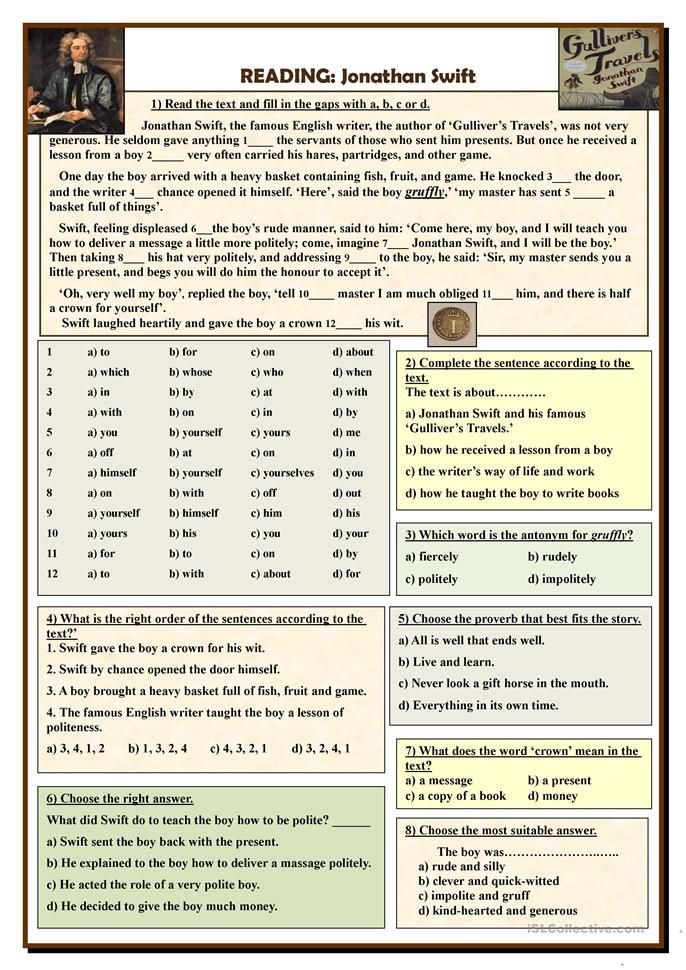 Jerome
Jerome  45000 characters
45000 characters 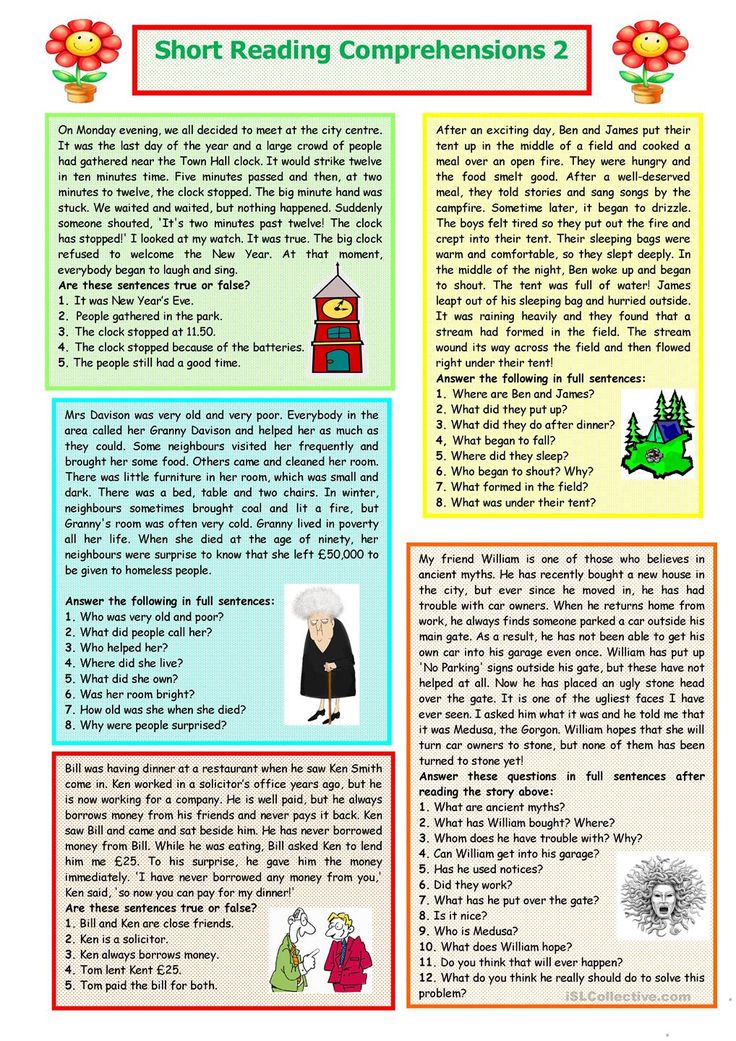 100000 characters
100000 characters  Is there any hope for a happy ending? Read about it yourself.
Is there any hope for a happy ending? Read about it yourself.  30000 characters
30000 characters  Will the object of her sighs appreciate the dignity of Elizabeth? Read on and you will find out for yourself.
Will the object of her sighs appreciate the dignity of Elizabeth? Read on and you will find out for yourself. 